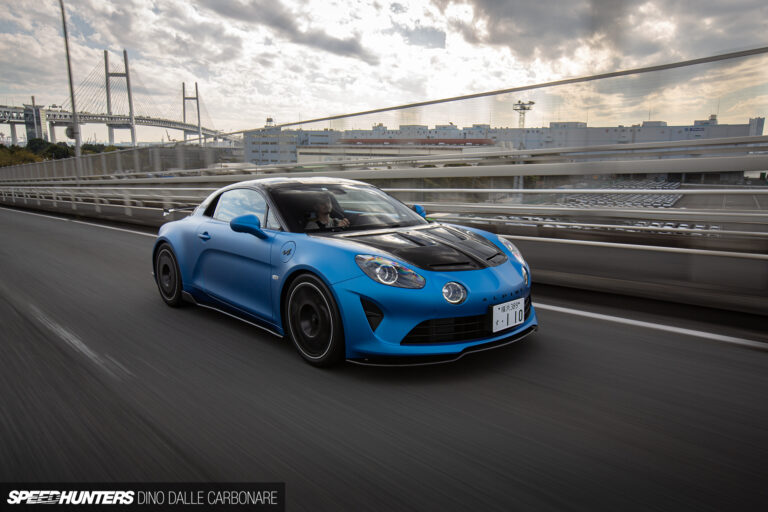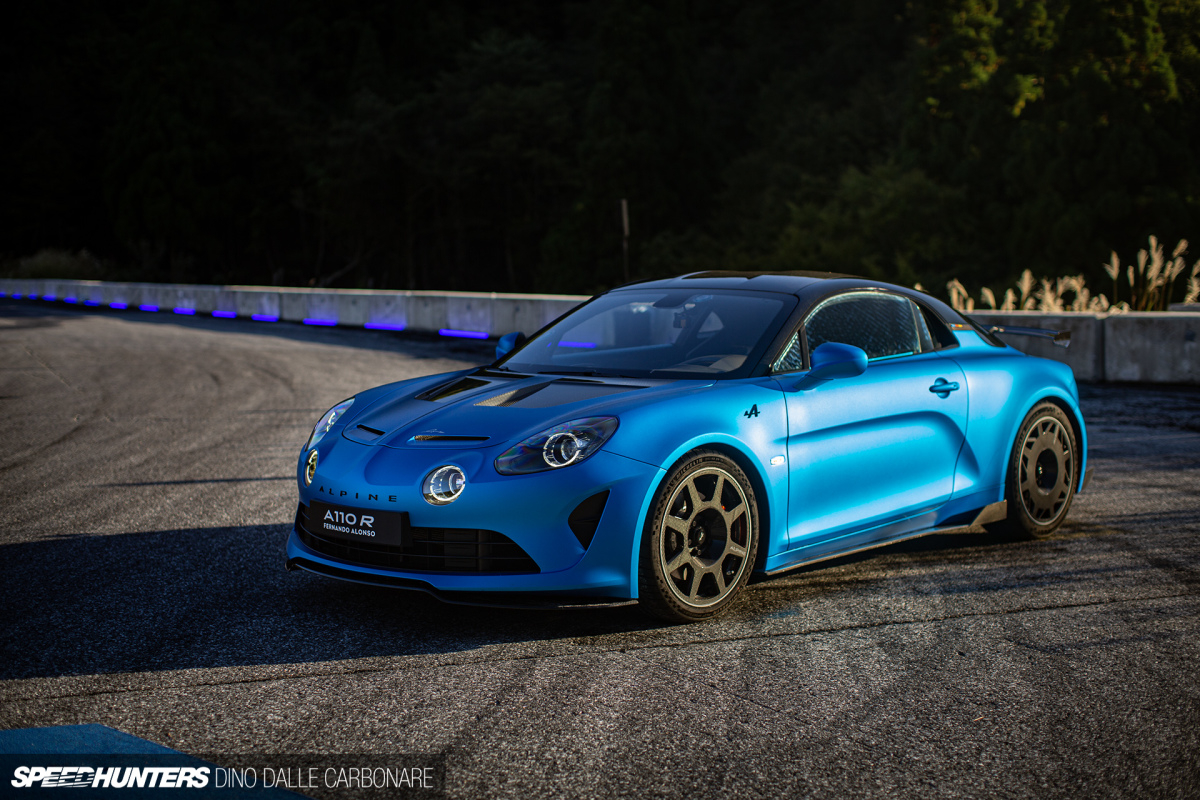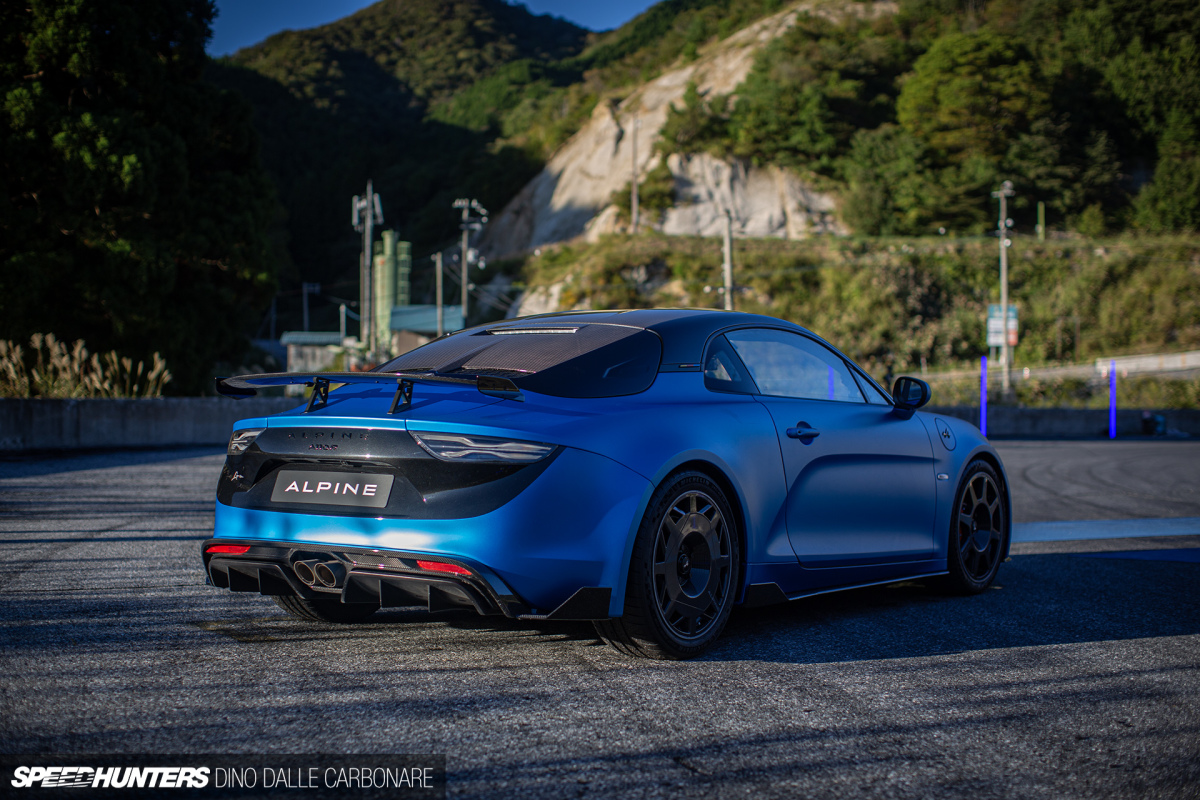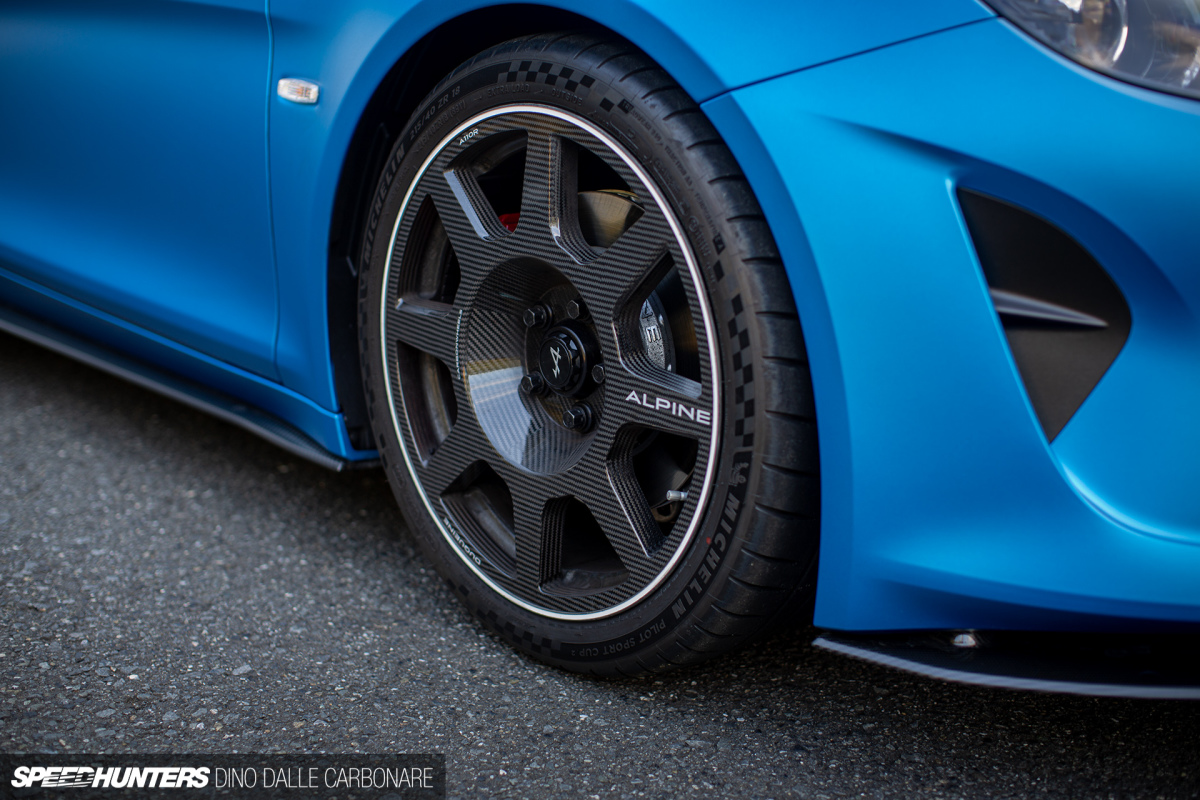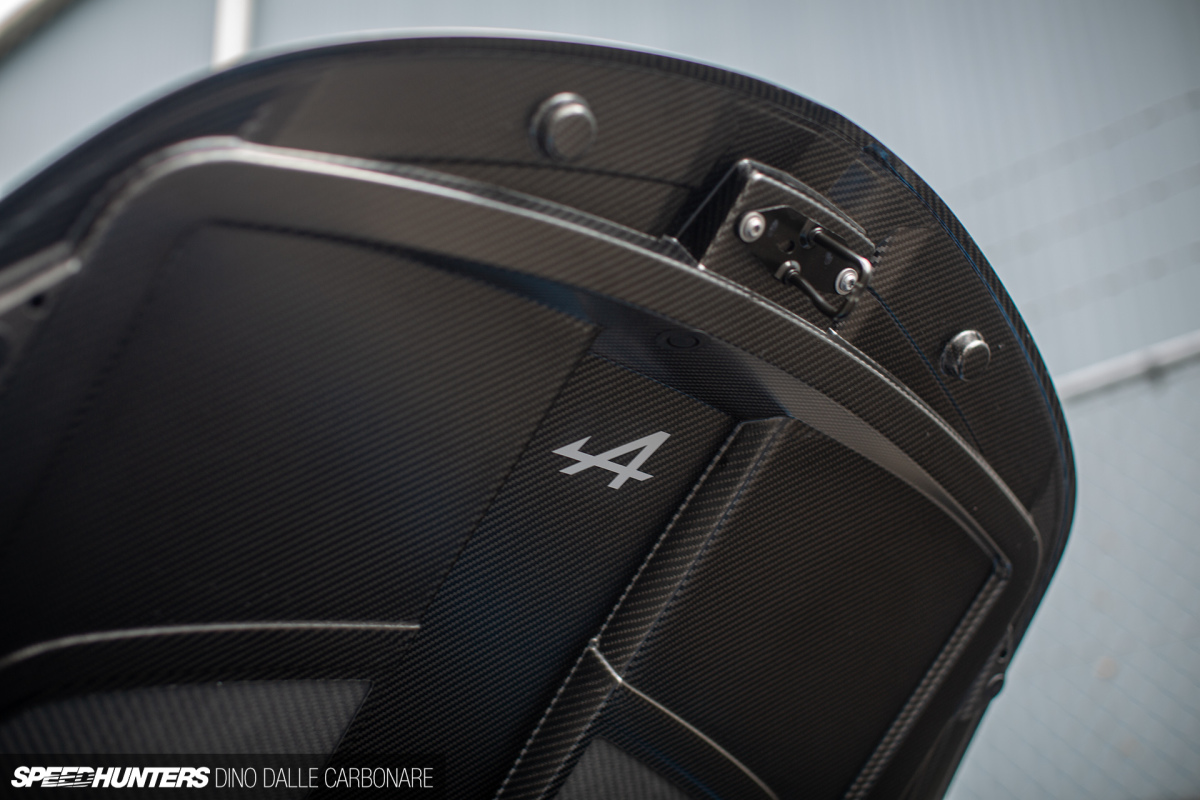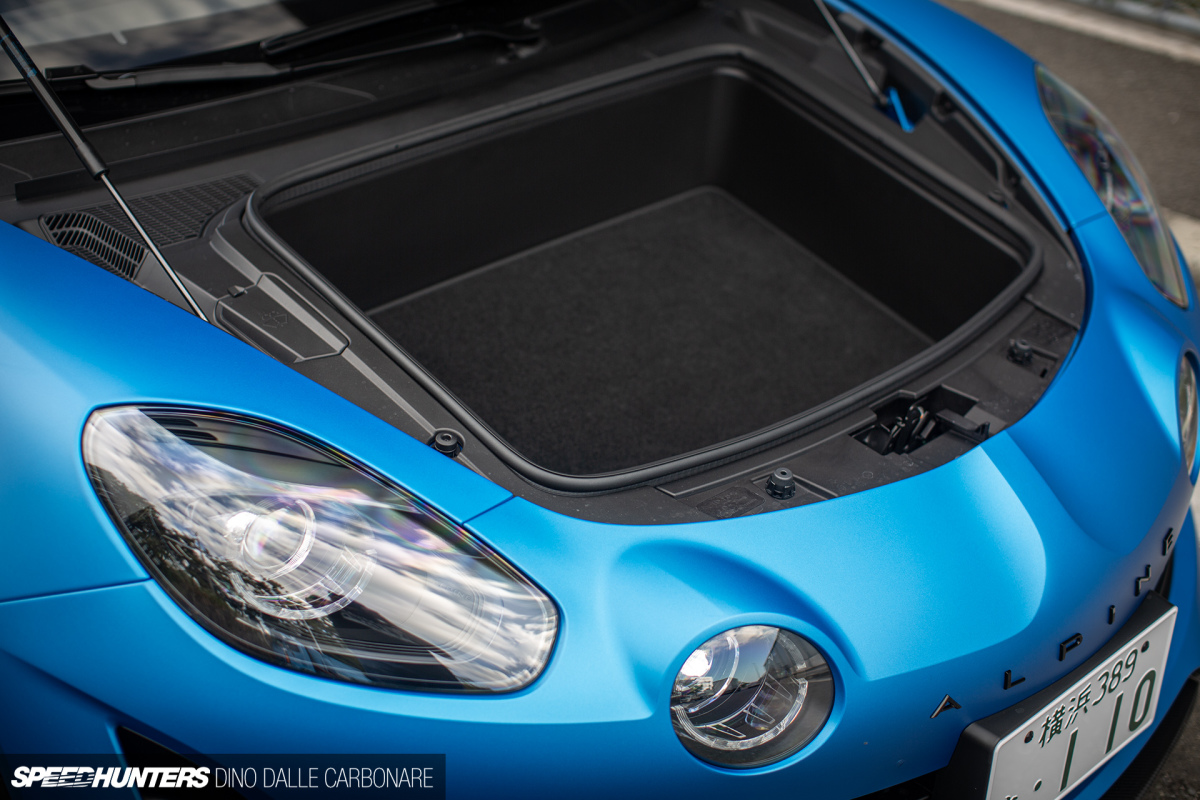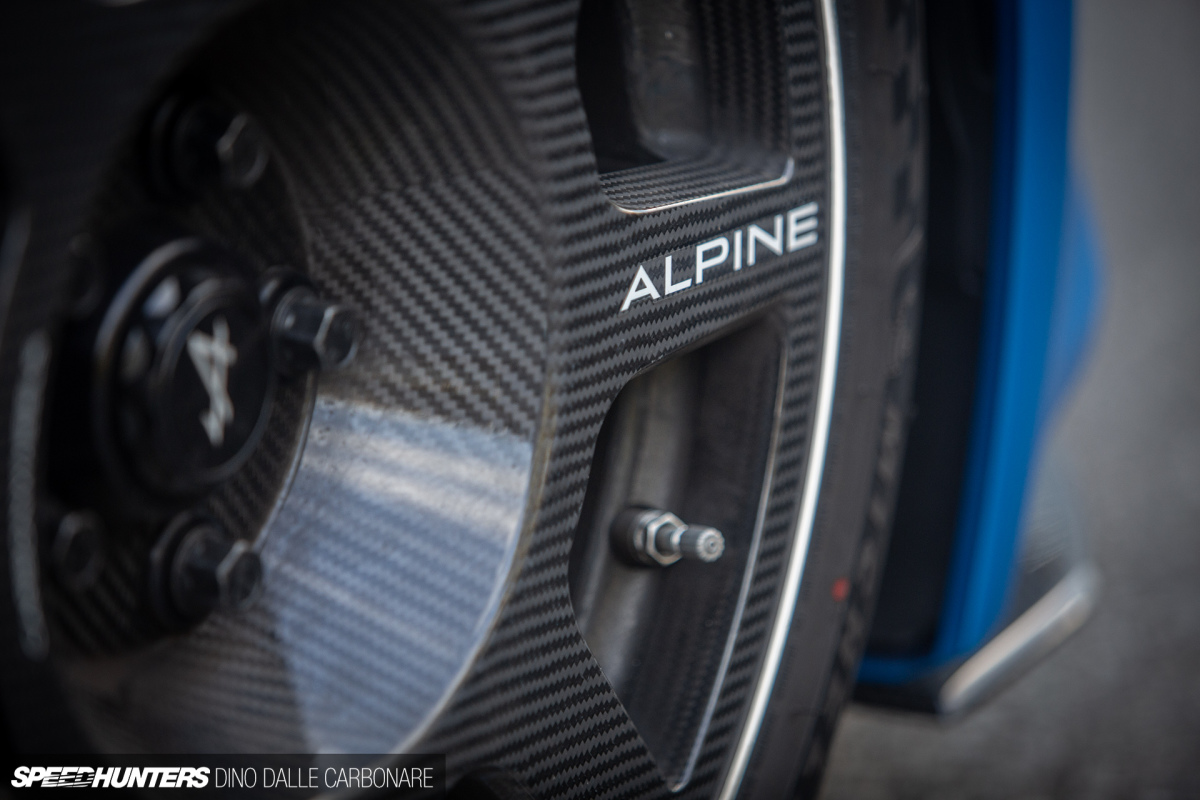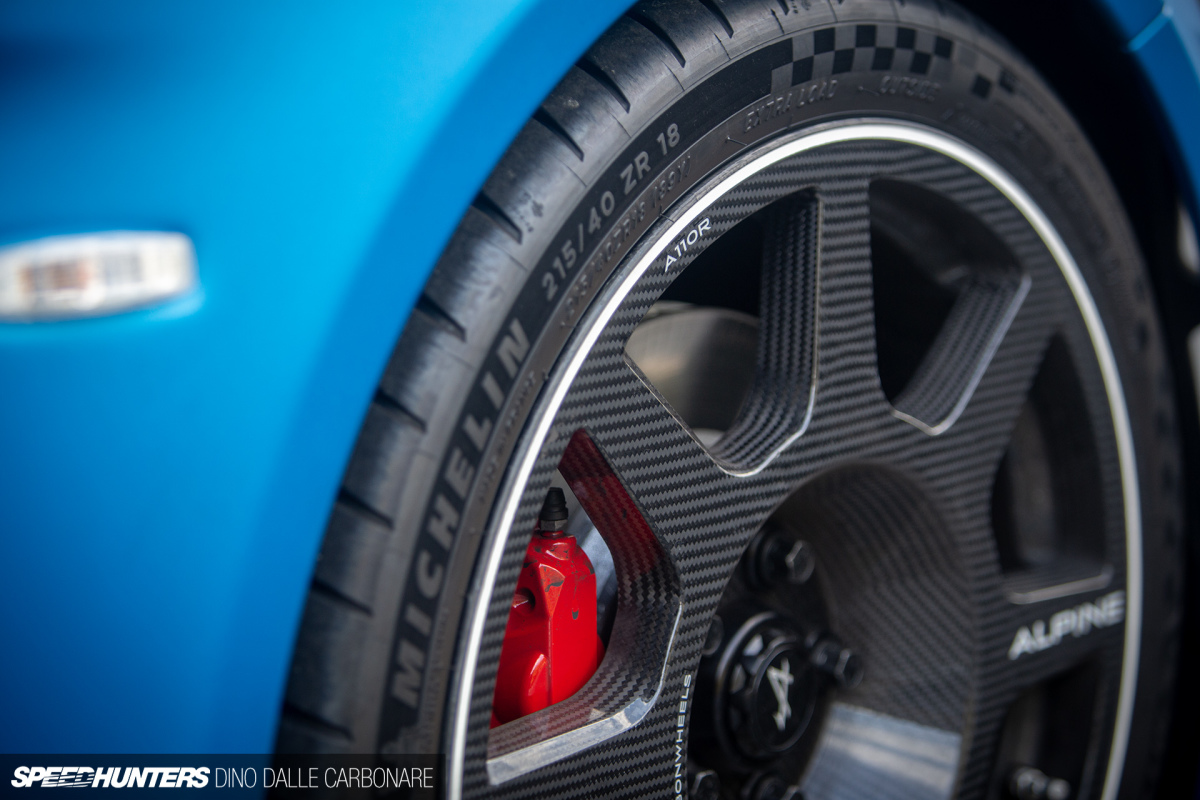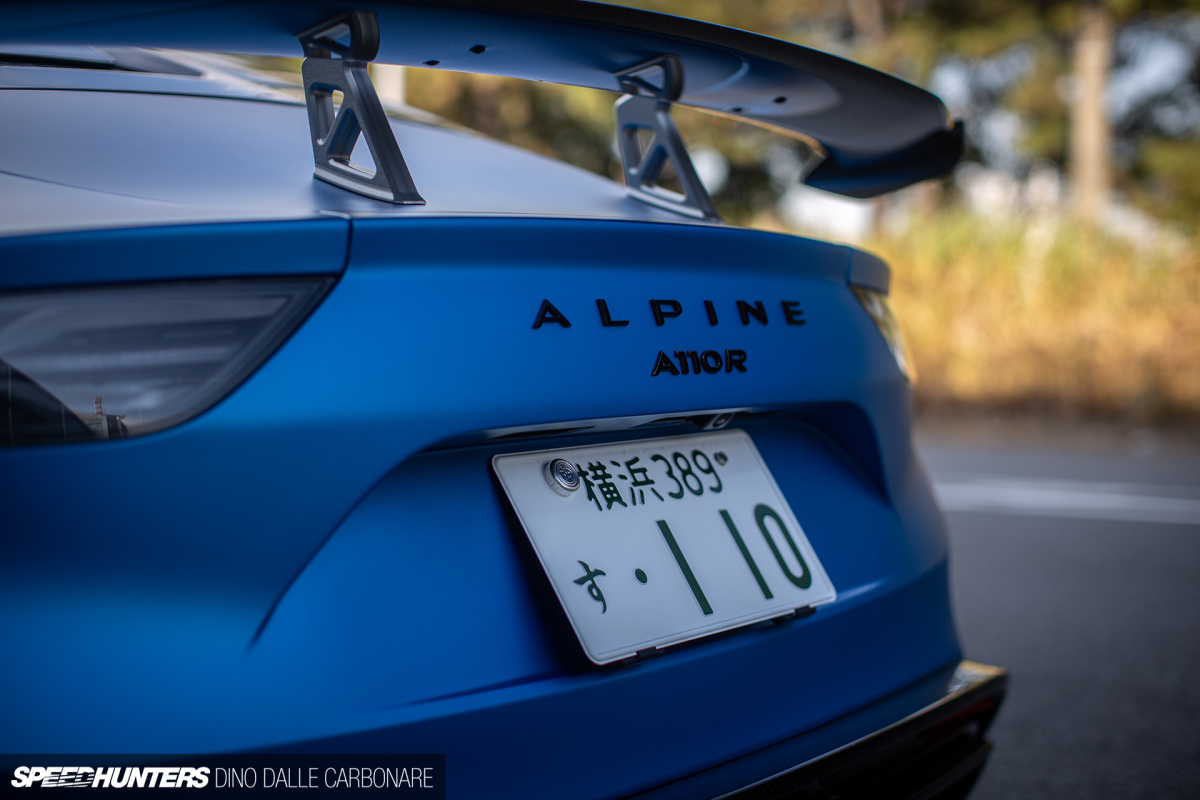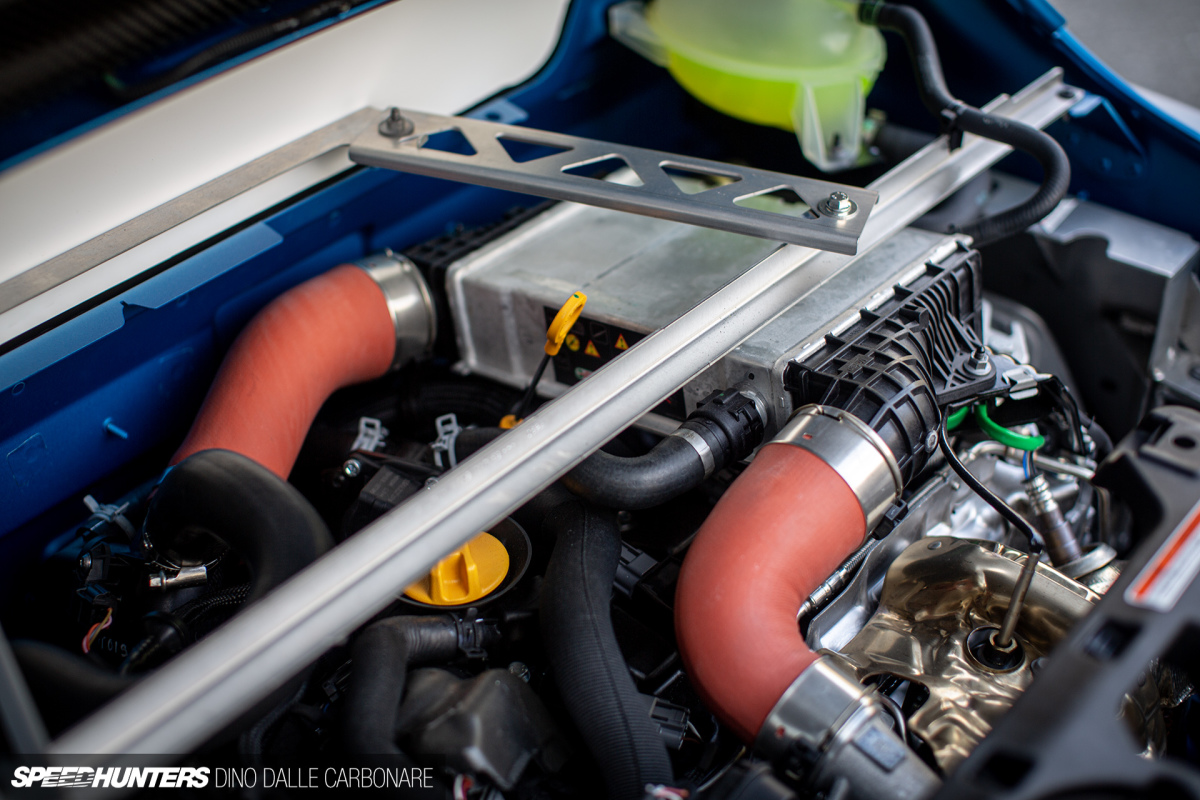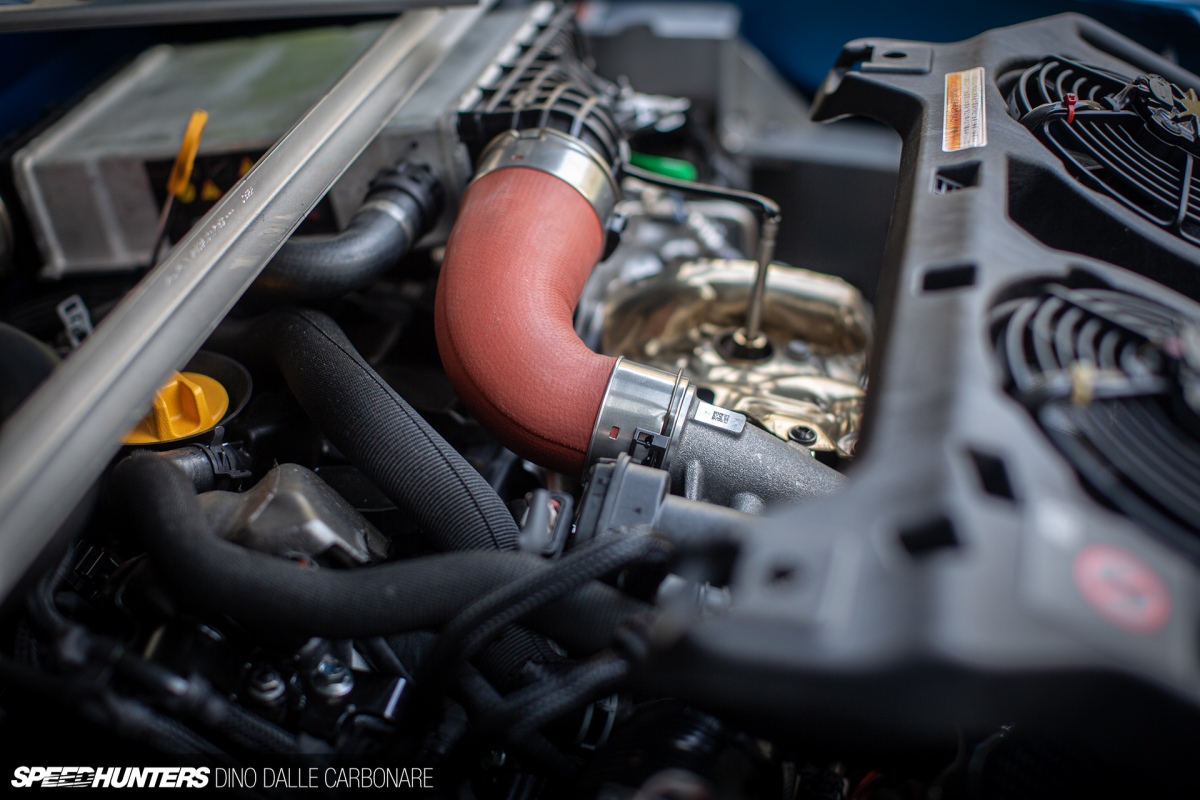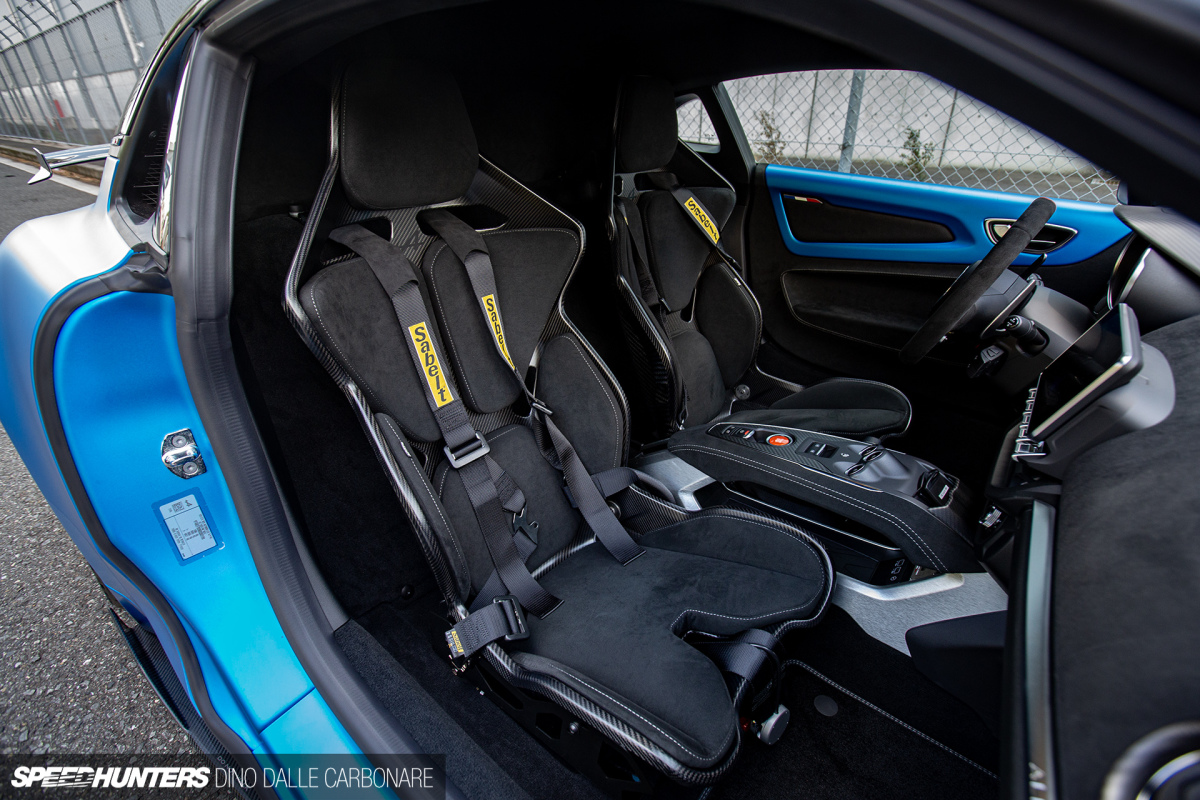I’ve been looking for an excuse to borrow an Alpine A110 for a long time now.
I had a chance to sample the car when the base model hit Japanese dealers a few years back, and was instantly intrigued. These compact, mid-engined French sports cars do surprisingly well in Japan, having seemingly found a niche audience amongst purists who want something different than the Porsche Cayman, Alfa Romeo 4C or Lotus Elise norm.
The A110 really appeals to people who understand where the small French sports car brand comes from, and why Alpine has done what’s done with this modern interpretation of the model it’s named after.
The original A110 is loved by many in Japan. In fact, I’ve easily seen more examples here than anywhere else. That includes the abandoned car from years back, which has since disappeared, hopefully to be saved. But it’s hard not to like lightweight cars built for the thrill of driving, let alone one with proper rallying pedigree behind it.
When Paddy a took a new A110 out for a drive last year, it made me realize that I still hadn’t properly experienced this car. The A110 had been on my radar ever since, so when I was invited along to the launch of the A110 R version a couple of months back, I jumped at the opportunity. ‘R’, in case you are wondering, stands for Radical.
At the launch event, I not only had the chance to drift around some cones in the regular A110 S, but also watch two-time Formula 1 world champion – and current Alpine F1 Team driver – Fernando Alonso showcase an extremely limited edition A110 R variant that bears his name.
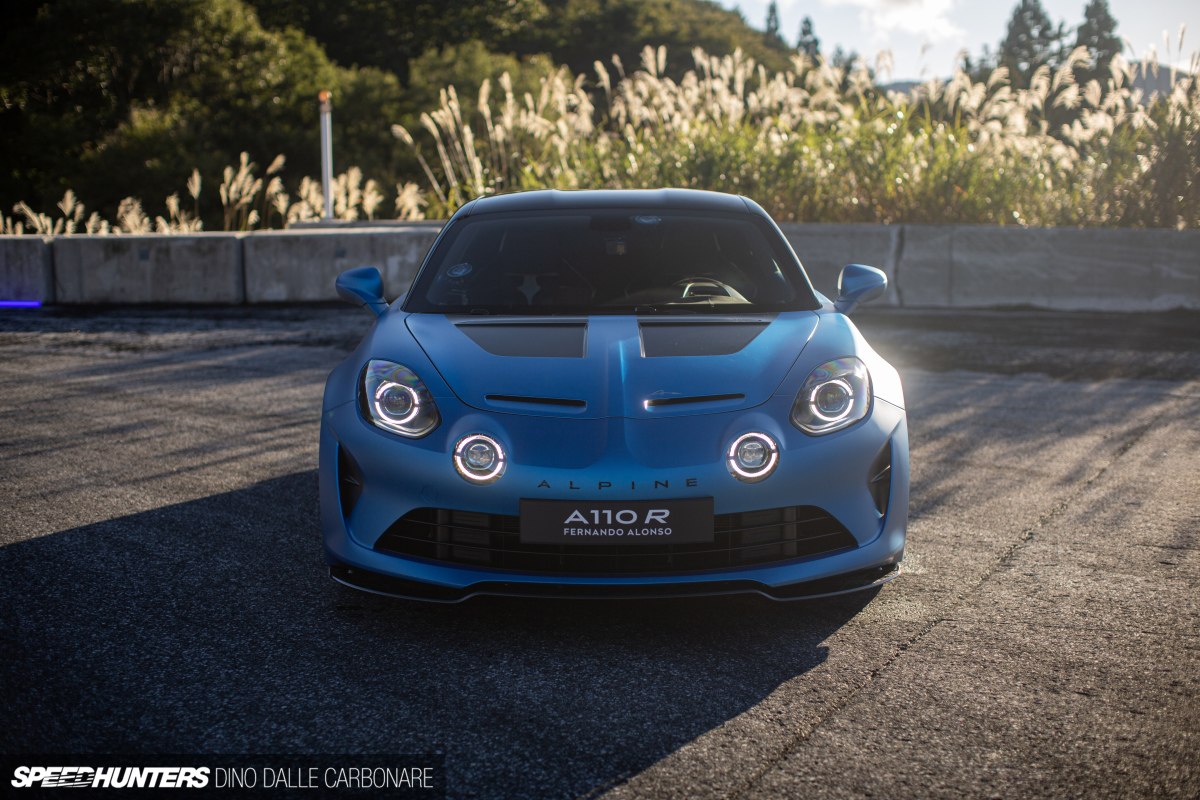
Just 32 examples of the Alpine A110 R Fernando Alonso are being built to commemorate the Spanish driver’s 32 career wins. Differences over a standard A110 R include a painted carbon fiber hood, black rear bumper treatment, and retuned suspension that Alonso himself had a big hand in.
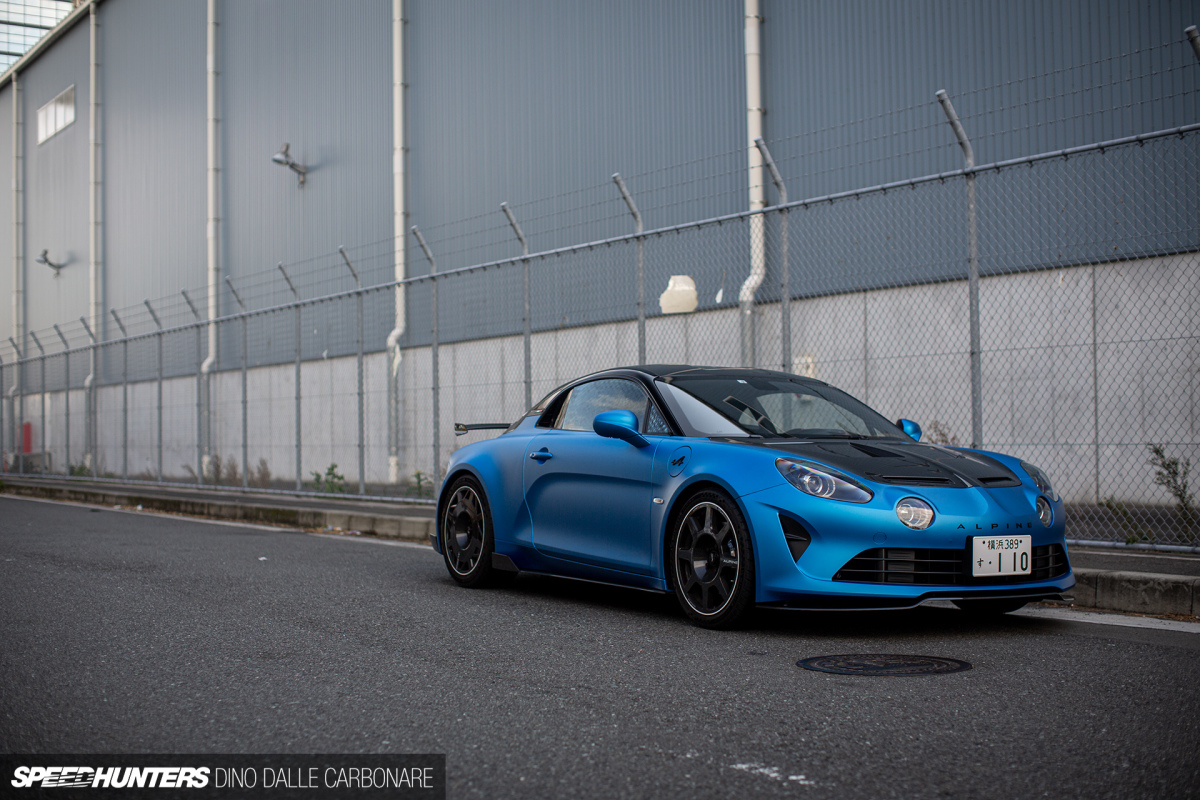
But it was the straight A110 R that I was mainly interested in. Seeing it up close and being given a thrilling ride around a makeshift track by Alpine’s chief chassis developer only drove home the point: if you want to go fast, add lightness.
With the way most sports cars are going these days, it’s nice to see a manufacturer taking the more simplistic route.
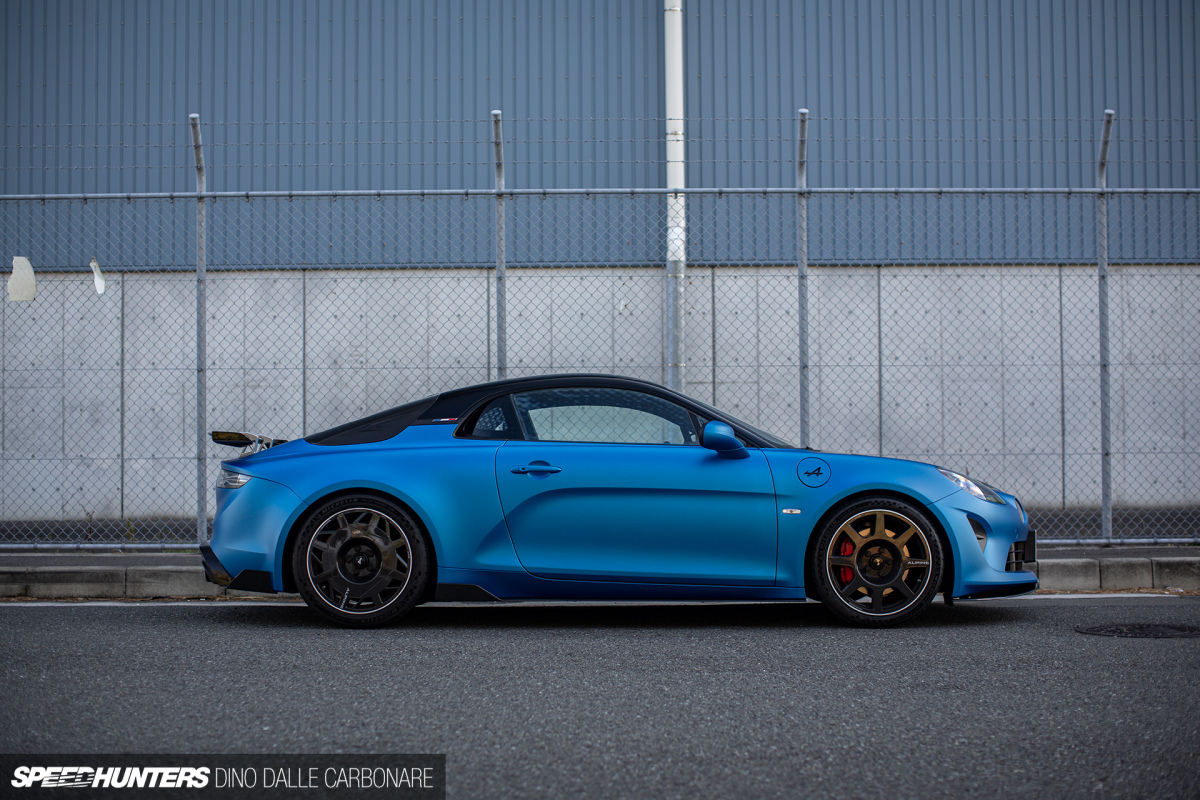
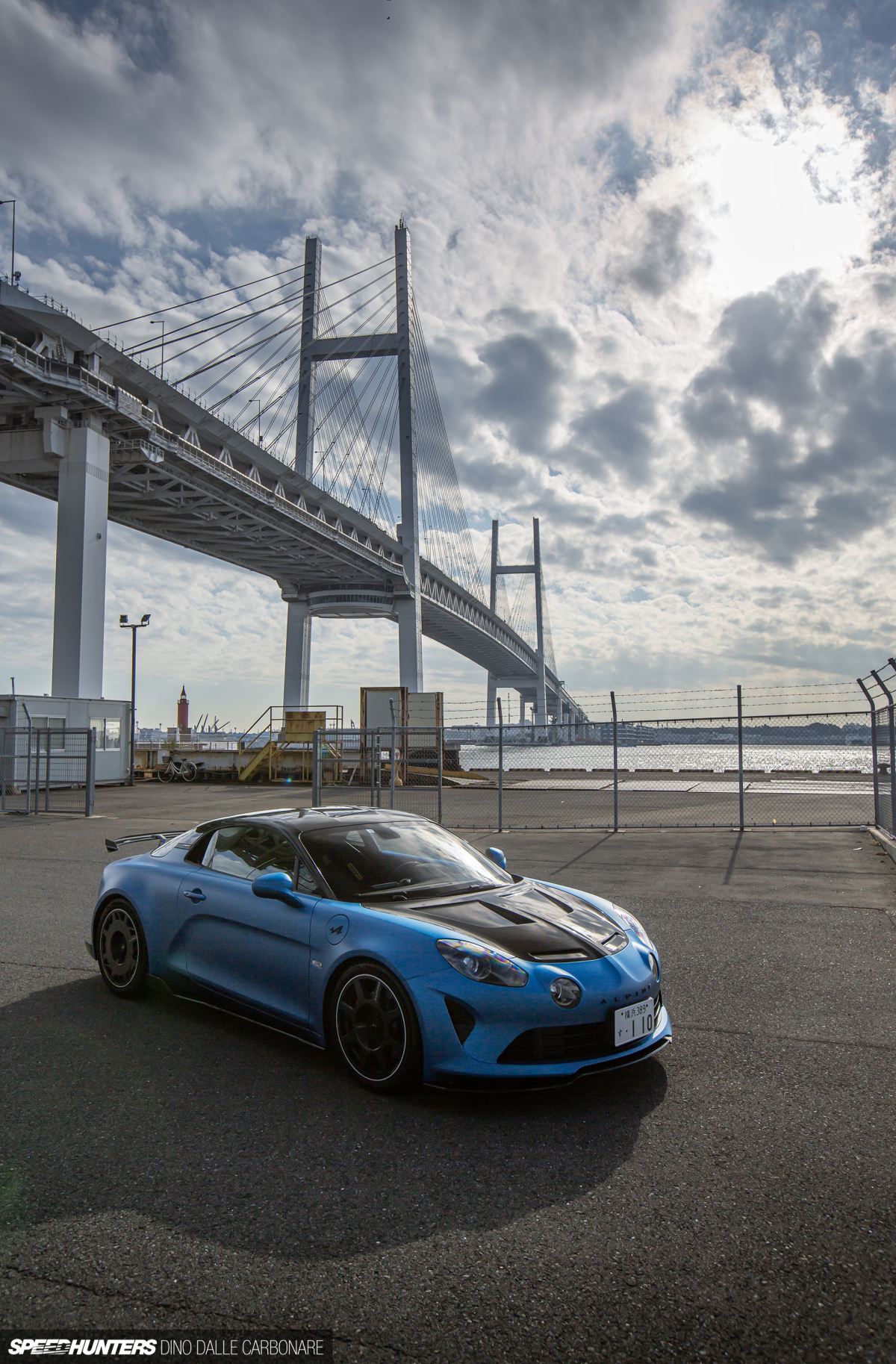
As an added bonus, Alpine Japan kindly brought the A110 R launch car out to Daikoku, so I could spend a little time shooting it. Here, alone with new Alpine, I was really able to appreciate what stripping 34kg (75lb) from the A110 S actually involved.
The answer: a lot of carbon fiber. Enough of the composite goodness to bring the overall weight down to 1,082kg (2,385lb).
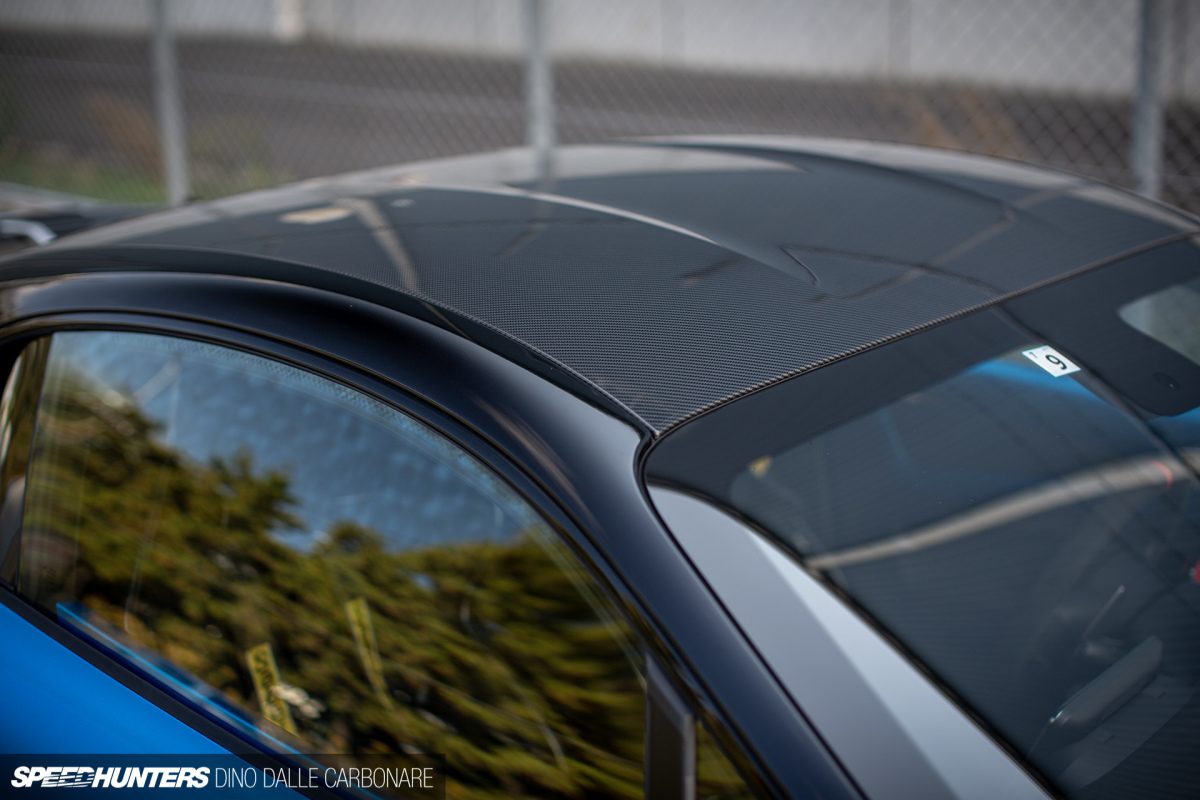
It’s not just any type of carbon fiber either, but F1-quality, pre-preg stuff finished off with some glossy clear-coat for extra effect.
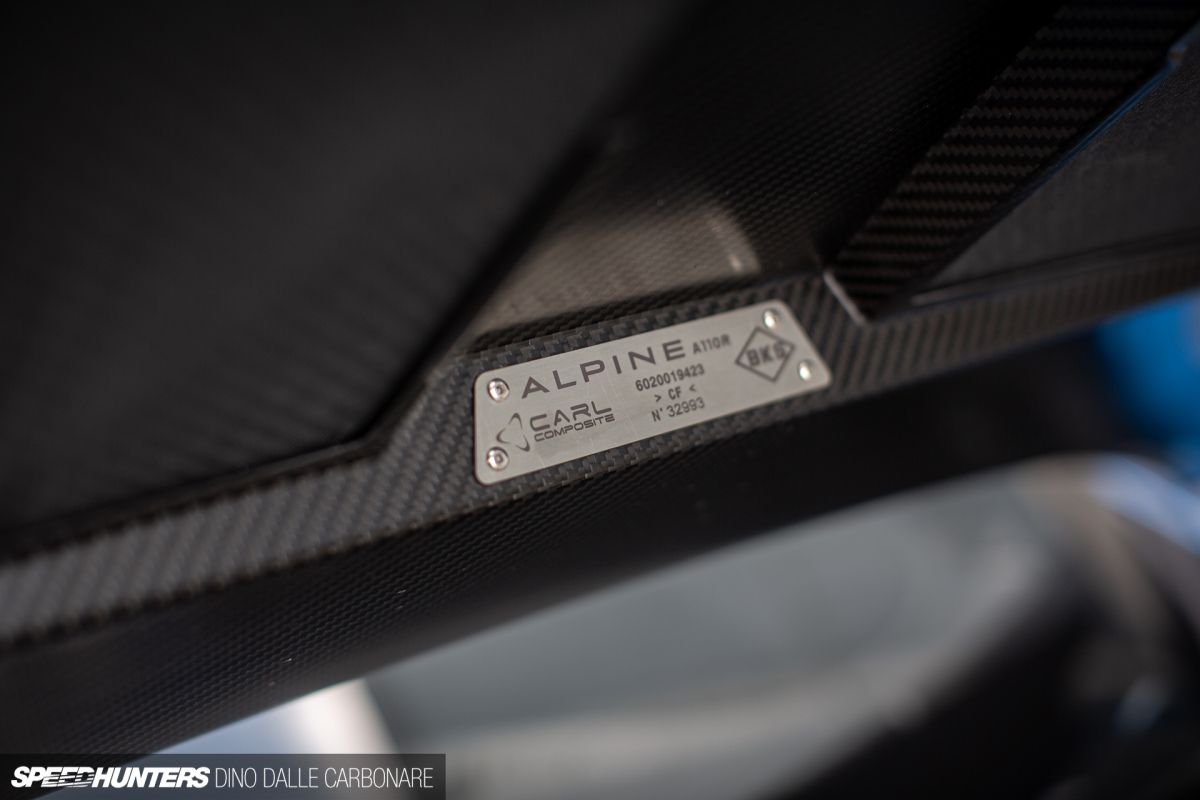
Pop open the featherweight frunk lid and you can see who Alpine called in to help out with the R’s stunning composite work.
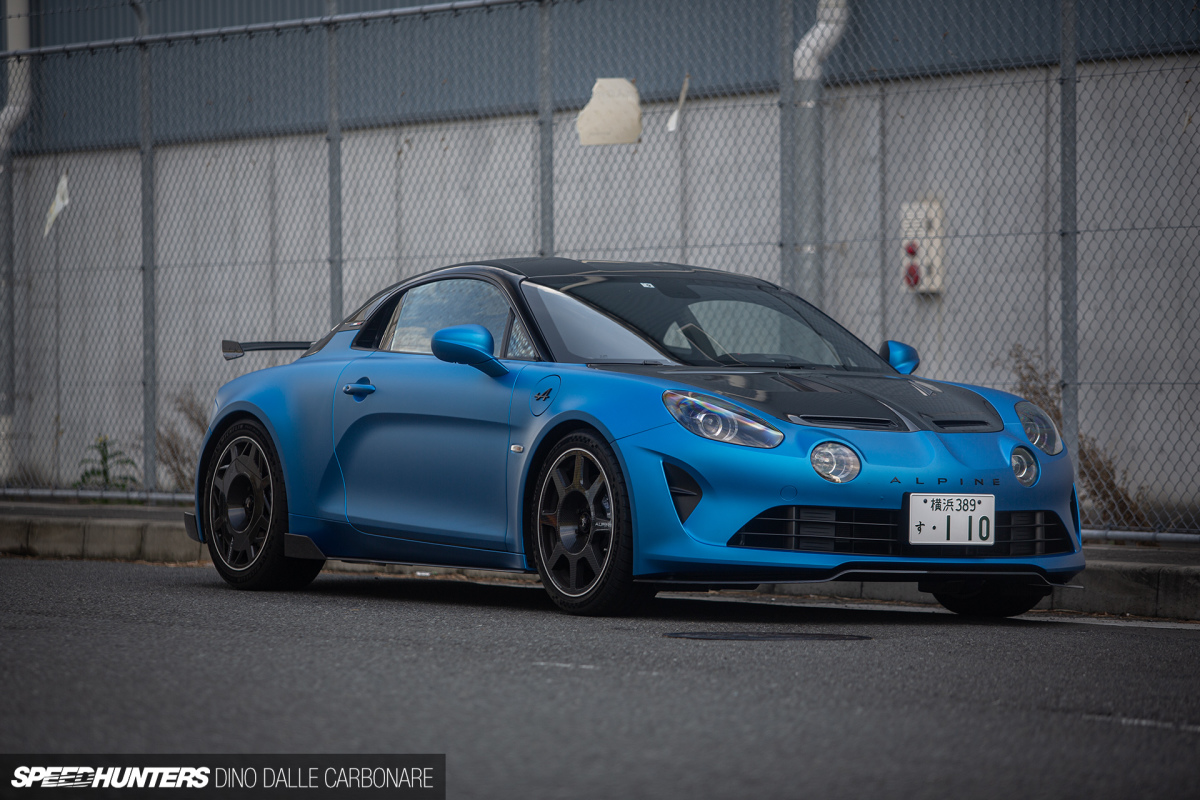
It’s not just about weight reduction, though. Pretty much every exterior carbon fiber addition (other than the roof) has been designed with aerodynamics in mind, and together it helps generate an extra 29kg (64lb) of downforce over the A110 S Aero Kit version.
This begins at the front with a lip spoiler that tightly hugs the contours of the bumper and venting on the hood to manage airflow more efficiently.
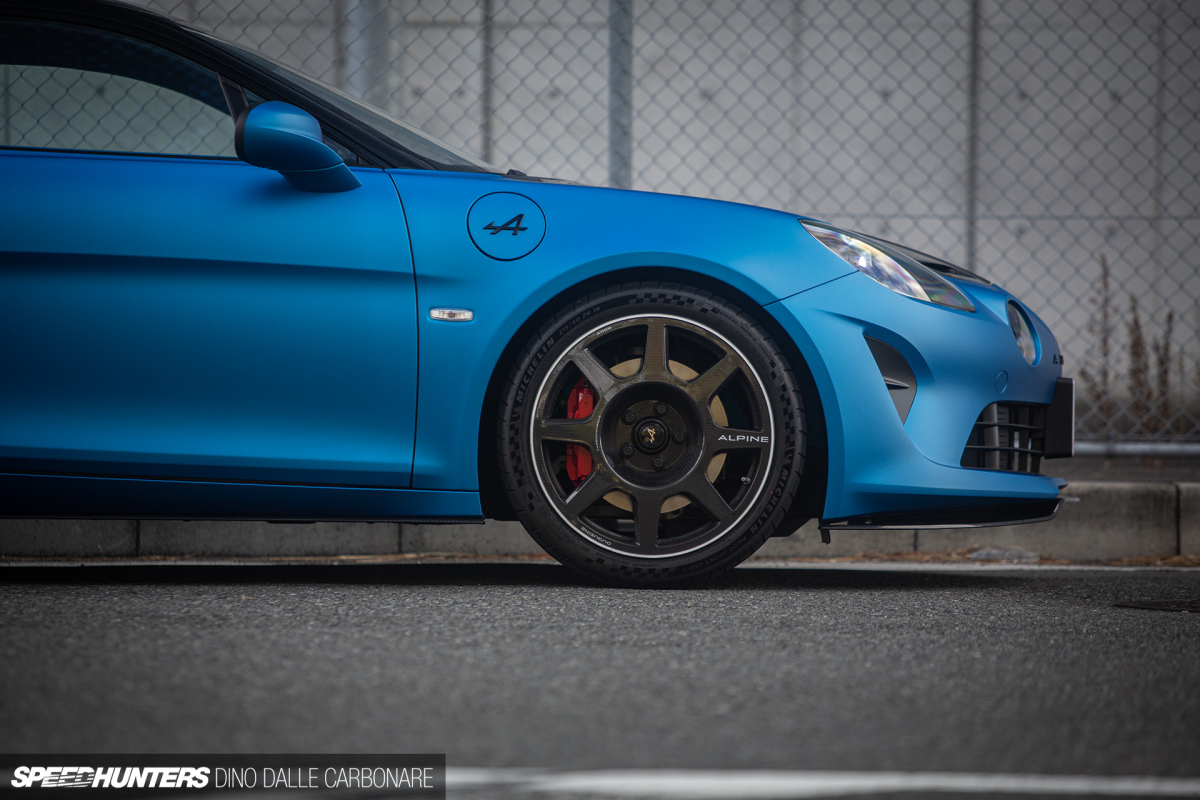
But it’s the A110 R’s wheels that really got me salivating. Sure, carbon fiber wheels are nothing new – if you’re talking about a Koenigsegg! Seeing these on a tiny mid-engined sports car filled me with joy. It’s the most natural place to shave kilos too, as you’re losing unsprung weight.
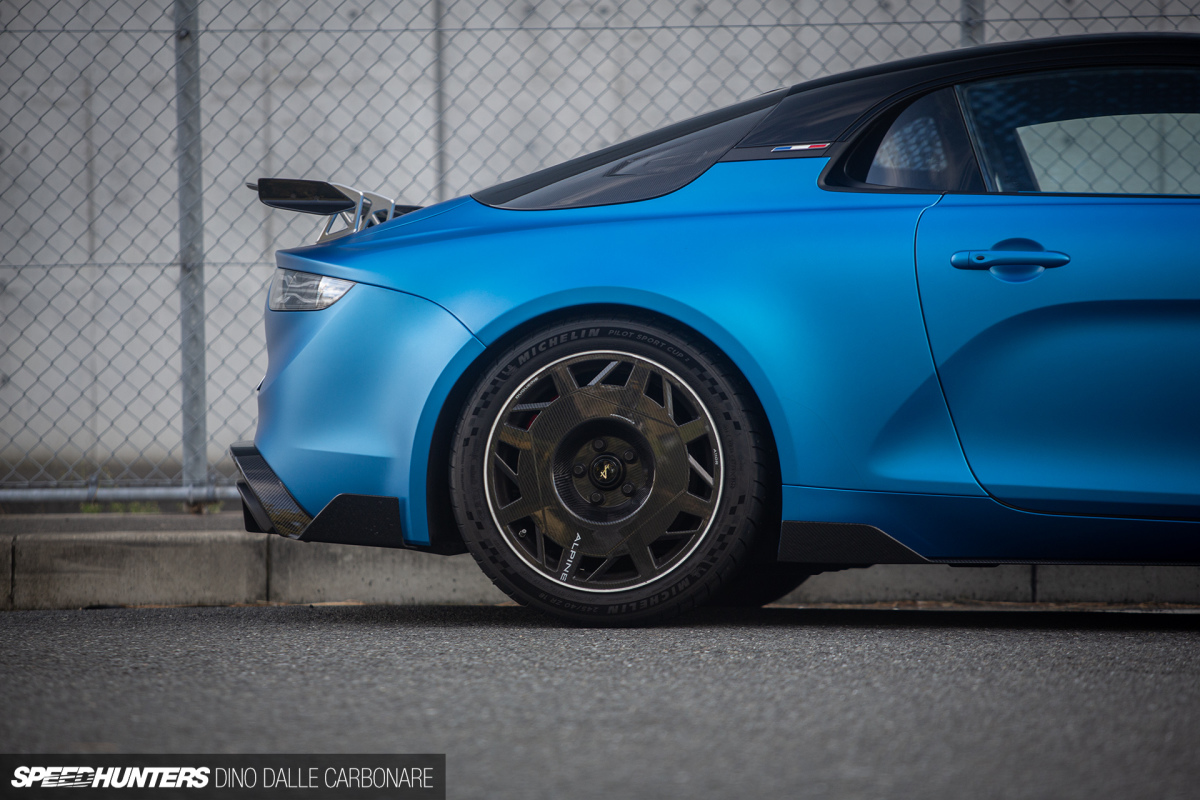
If you look closely, you’ll see that the rear wheels are different to the fronts. Not only do the wheels at each end of the car have different load characteristics, but also a different aero design.
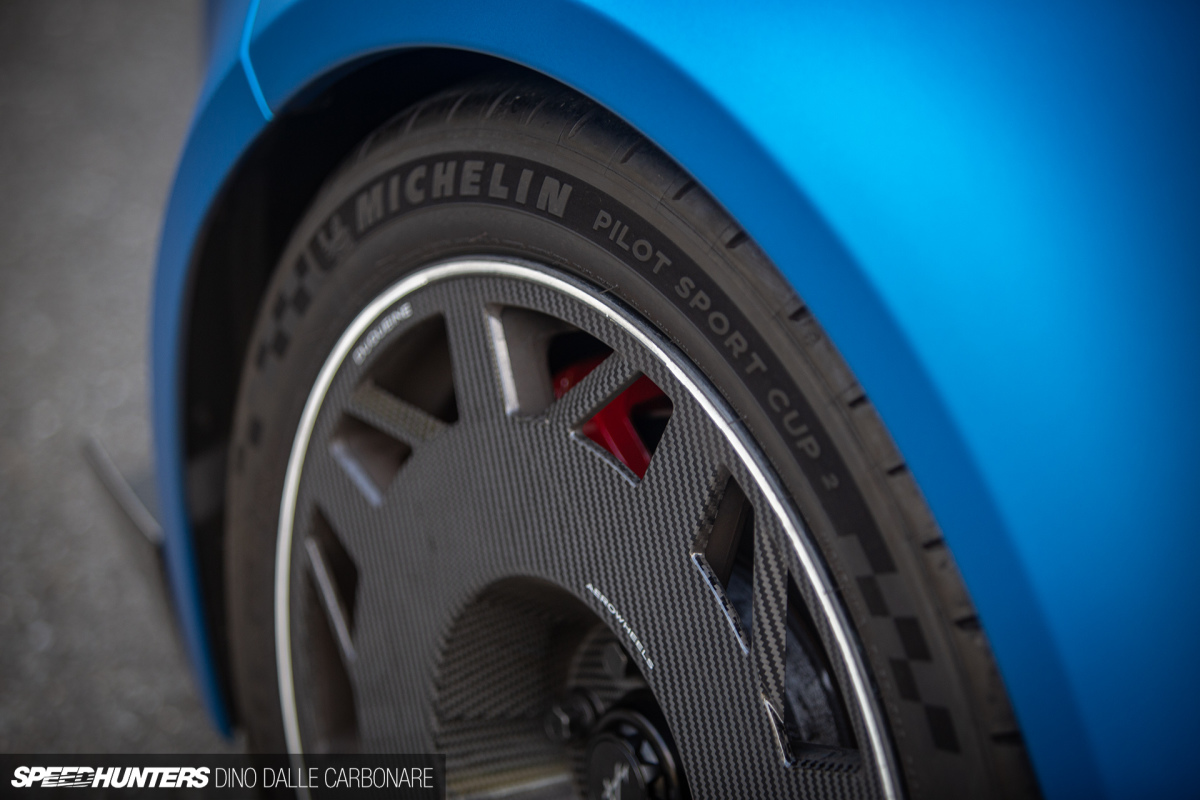
The rear wheels have an aero disc quality about them, which is so cool. As the car is designed for maximum performance, it also comes fitted with grippy Michelin Pilot Sport 2 tires.
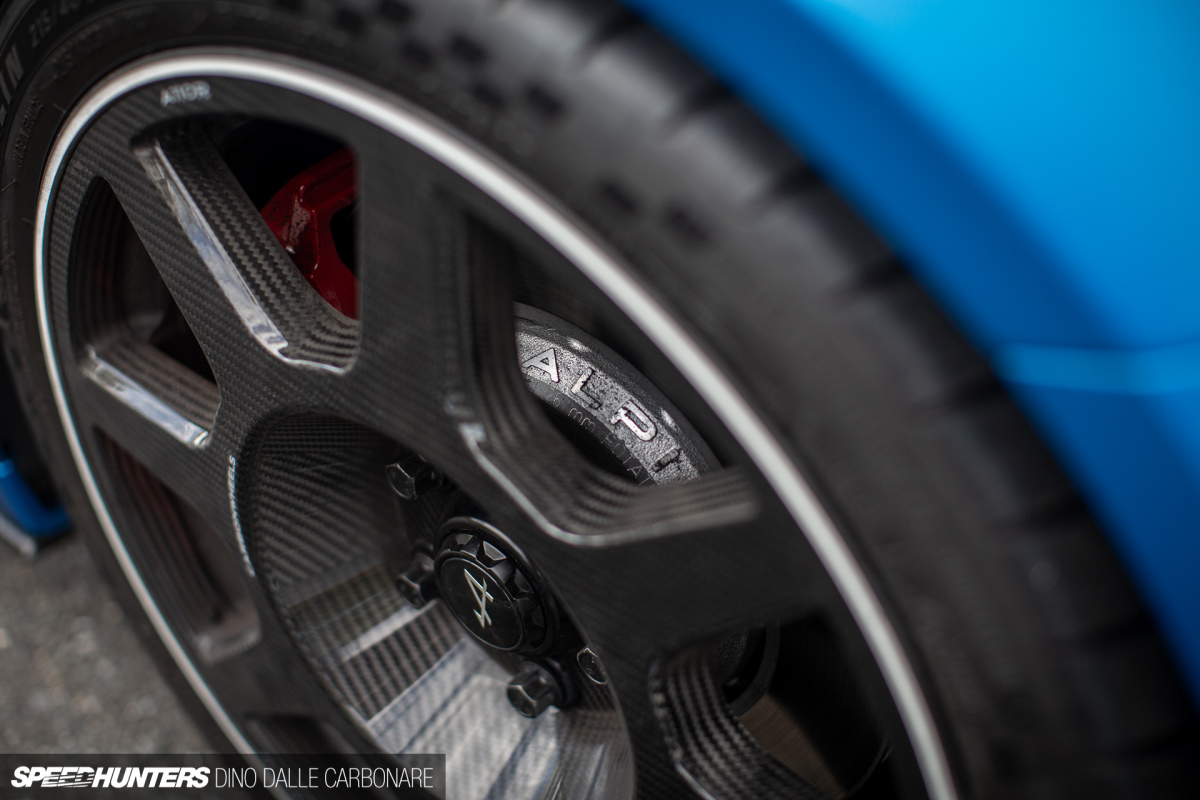
If, like me, you enjoy cool little details, then I’m sure you’ll appreciate the brake rotor hats, which have the Alpine logo on them.
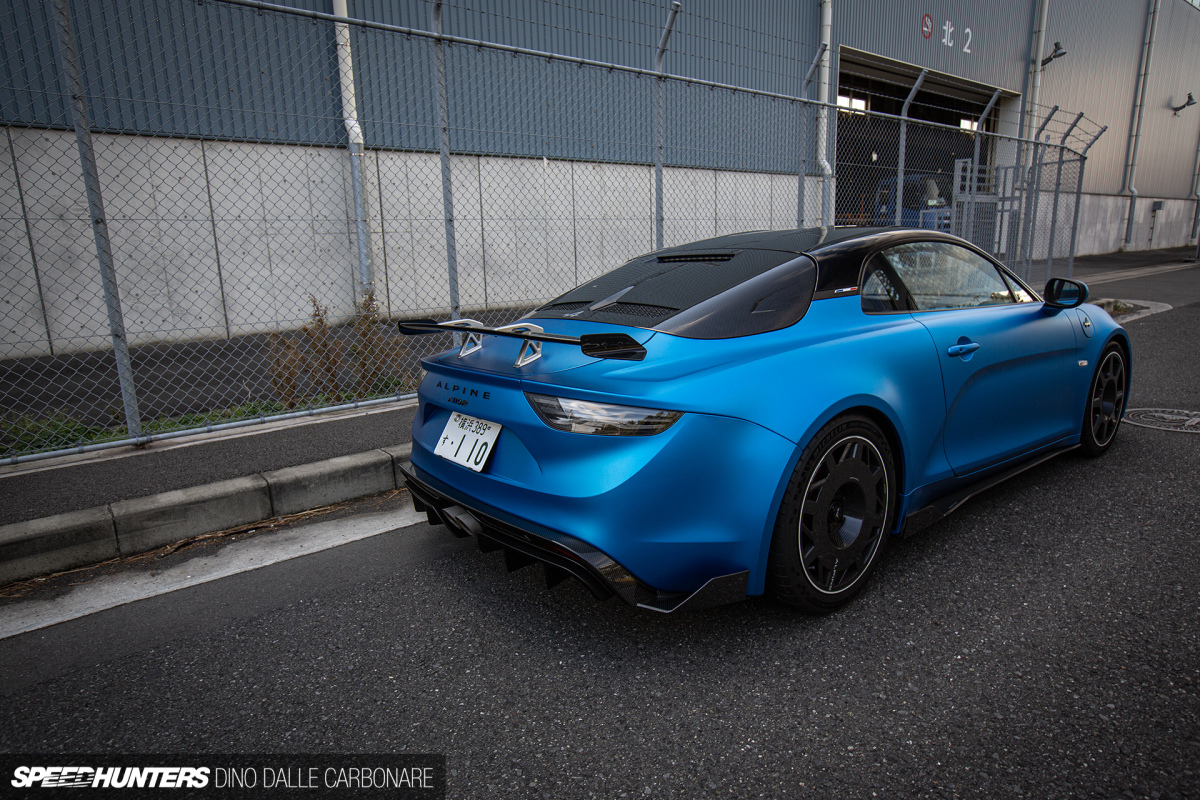
At the rear of the A110 R, the first thing that catches your eye is the wing. This sits on two extruded aluminum swan-neck stays mounted to the trunk lid, and is of a size that doesn’t seem over the top. The main wing blade is carbon, but the end plates aren’t.
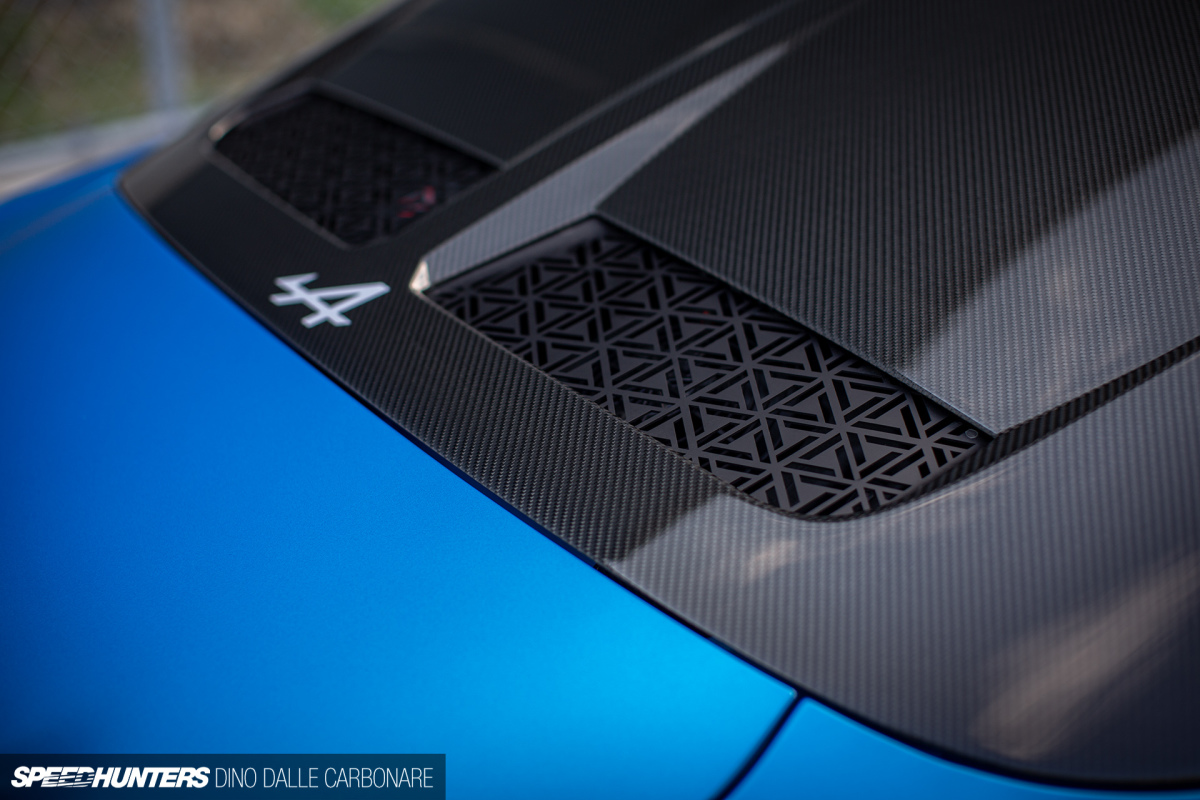
You quickly also notice a complete lack of rear window. Unlike the A110 S, which has a one-piece glass screen/vented engine cover, the A110 R trades this for a carbon fiber panel with machined metal vents.
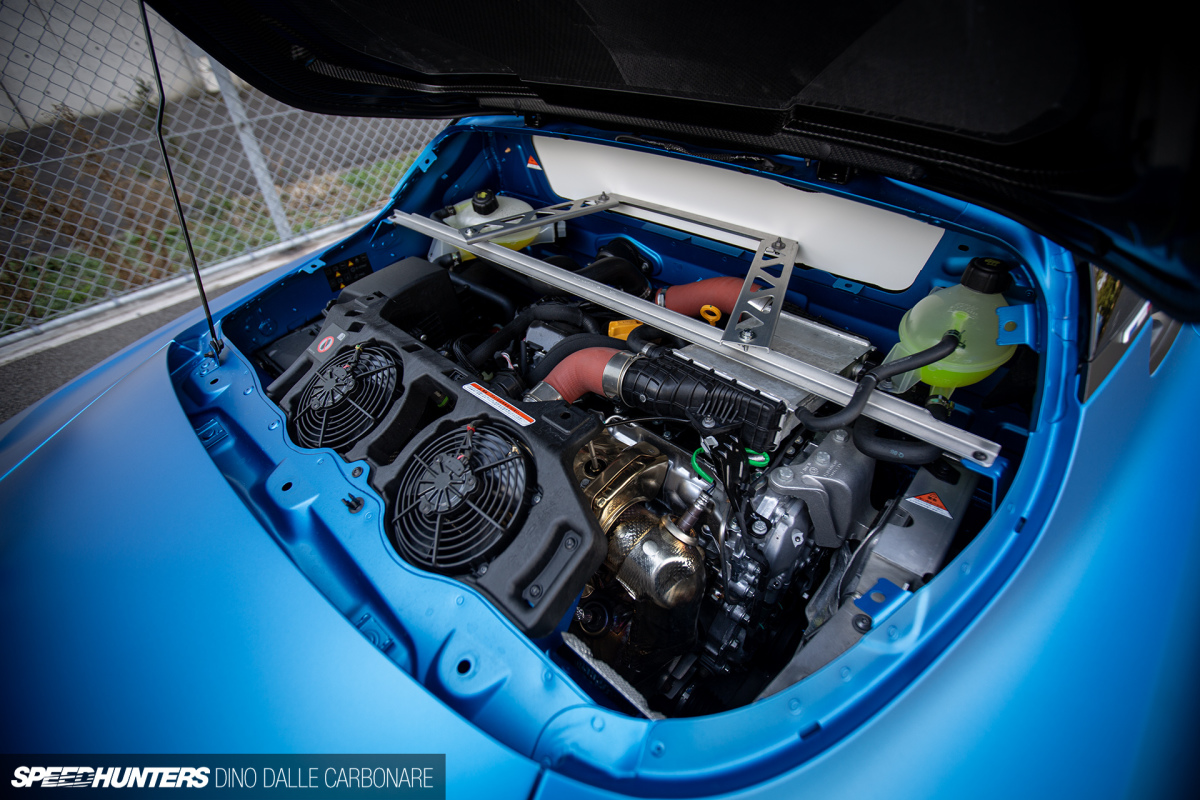
Propping up the panel – something that requires you to disconnect three fasteners from inside the trunk – provides full access to the engine.
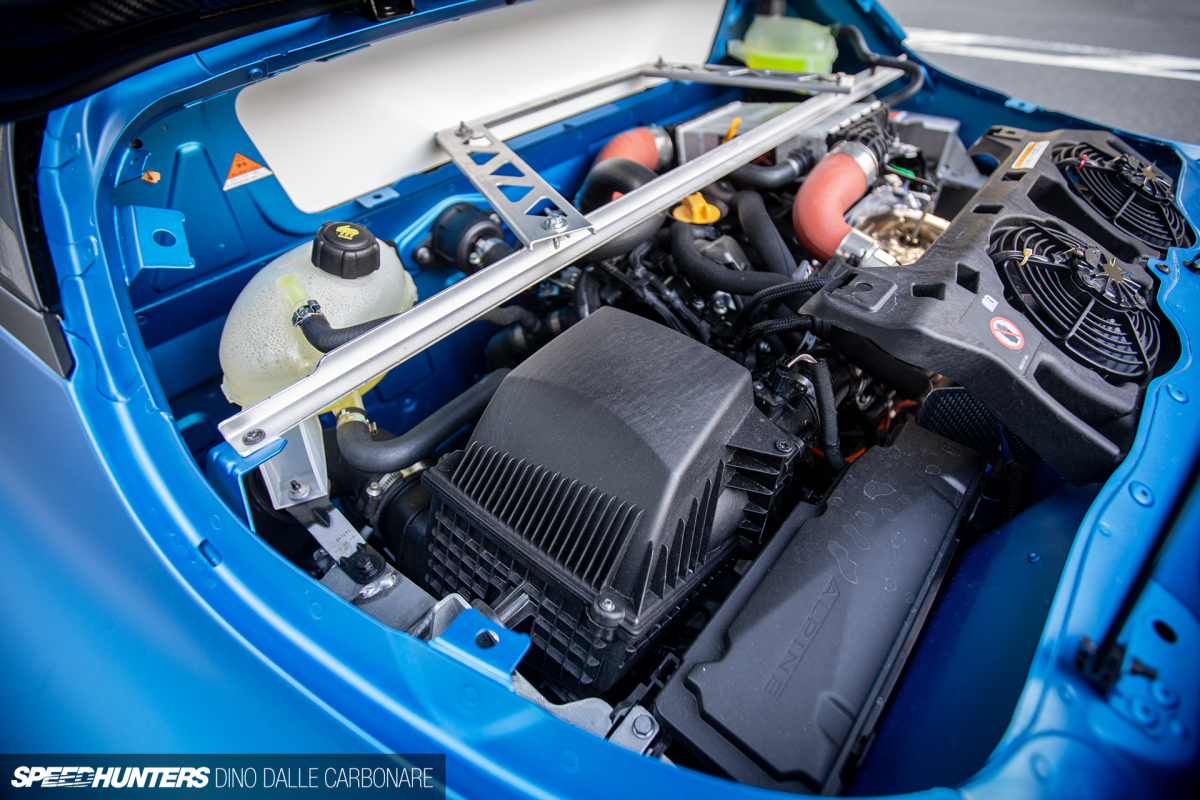
The 1.8L four-cylinder turbocharged is the same direct-injection, charge-cooled TCe M5P unit as used in the current Renault Mégane RS, good for 300hp. Here though, it drives the rear wheels via a 6-speed dual-clutch transmission.
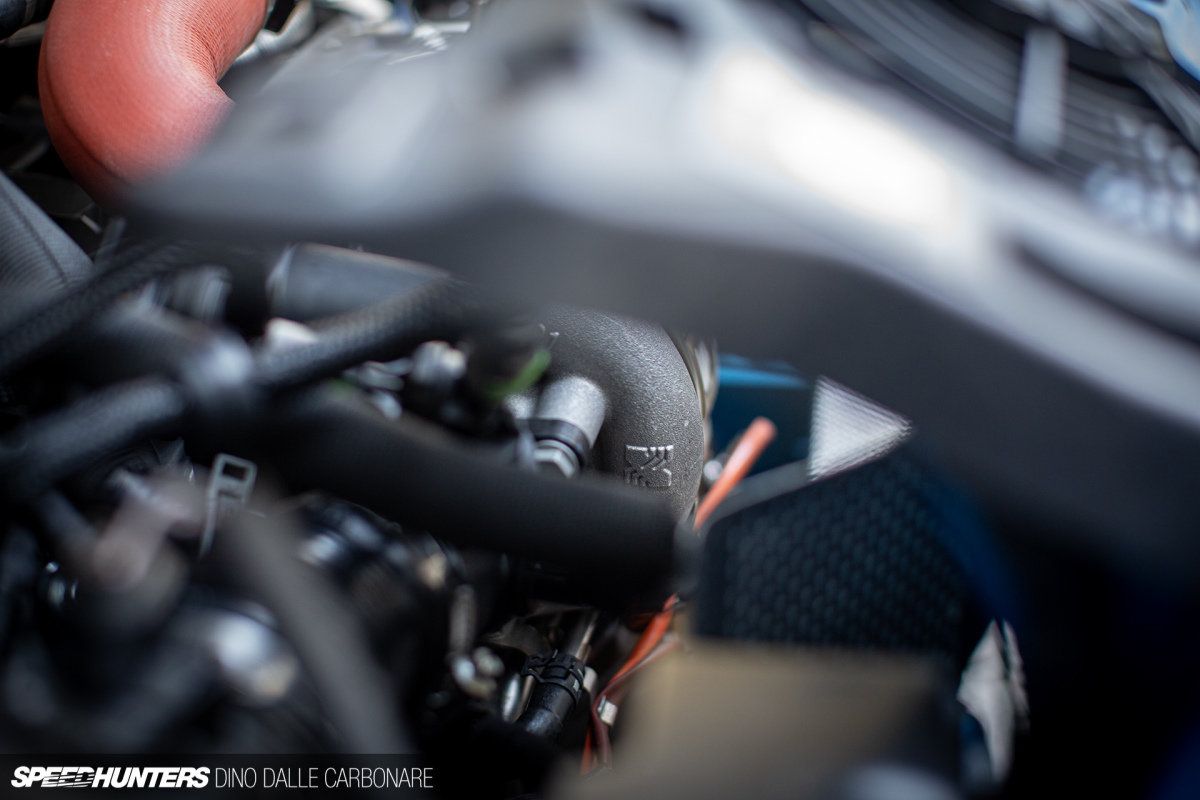
Two electrical fans draw out air from the space directly behind the engine where the BorgWarner turbocharger, catalytic converter and first section of the exhaust system are positioned.
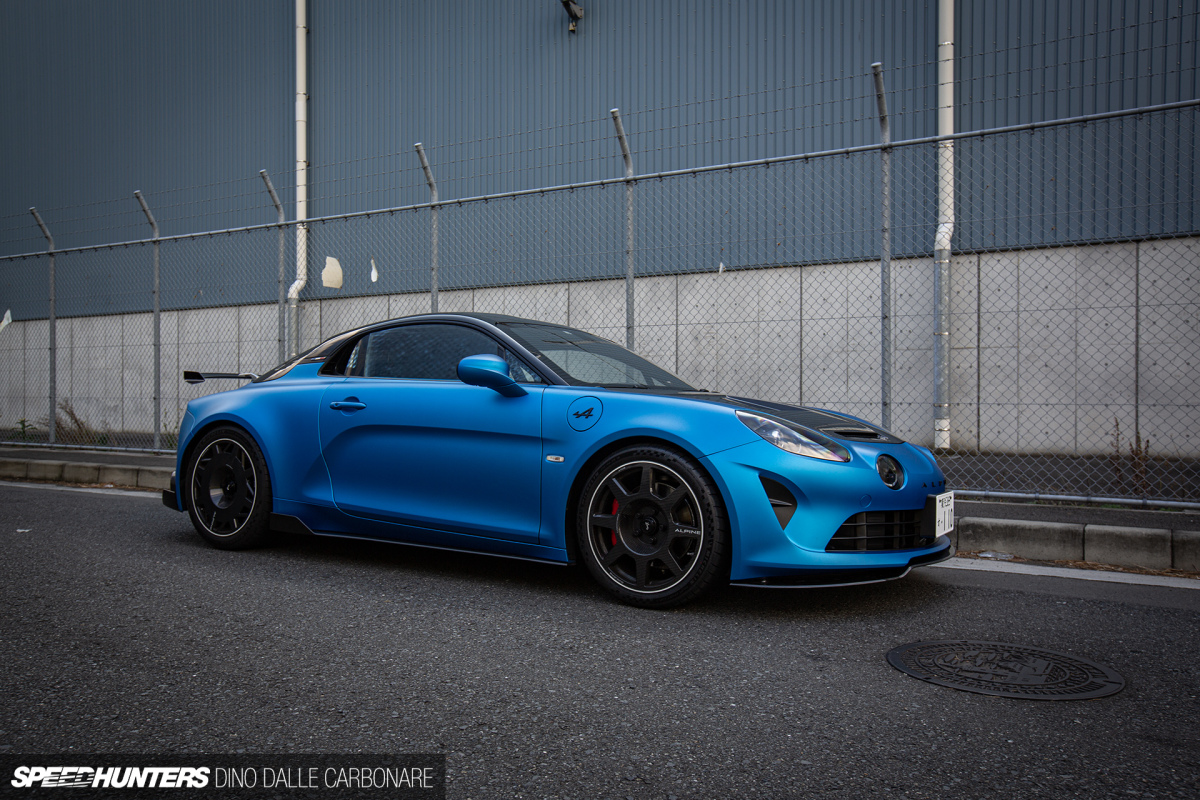
Performance-wise, this is the first-ever Alpine to go 0-62mph in under 4 seconds – 3.9-sec to be precise – and then carry on to a 177mph (285km/h) top speed.
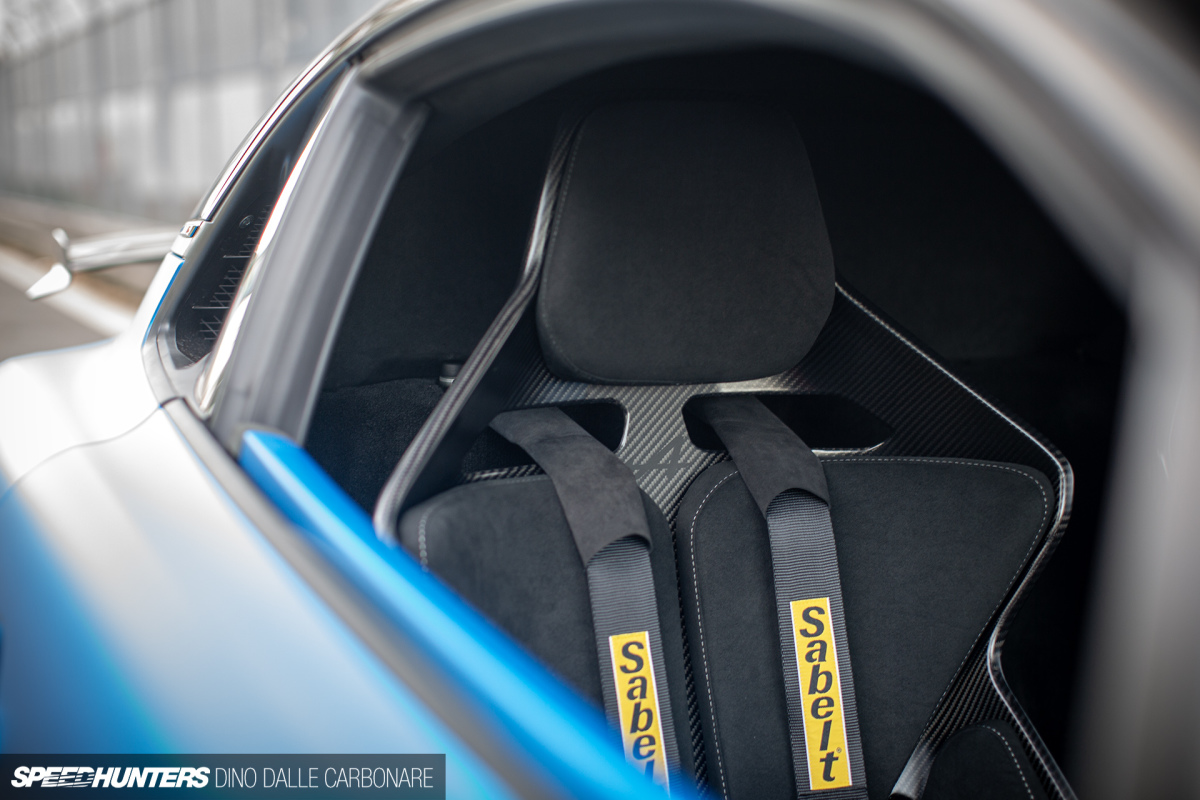
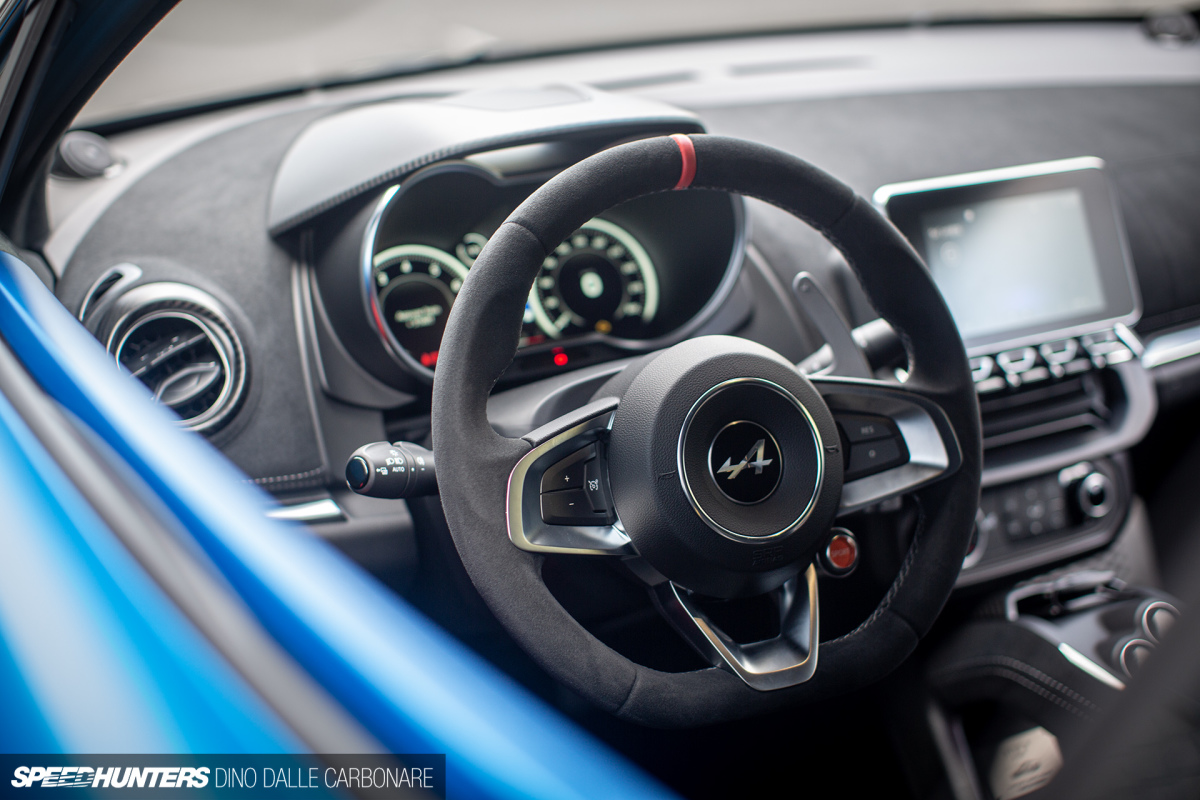
The carbon fiber treatment continues inside the A110 R’s race-prepped cabin. This is where you’ll find lightweight carbon fiber-shelled seats laid out with minimal padding and upholstered in the same Alcantara-like material used throughout the interior. The only belts are Sabelt 5-point harnesses, so it takes a moment to get yourself sorted.
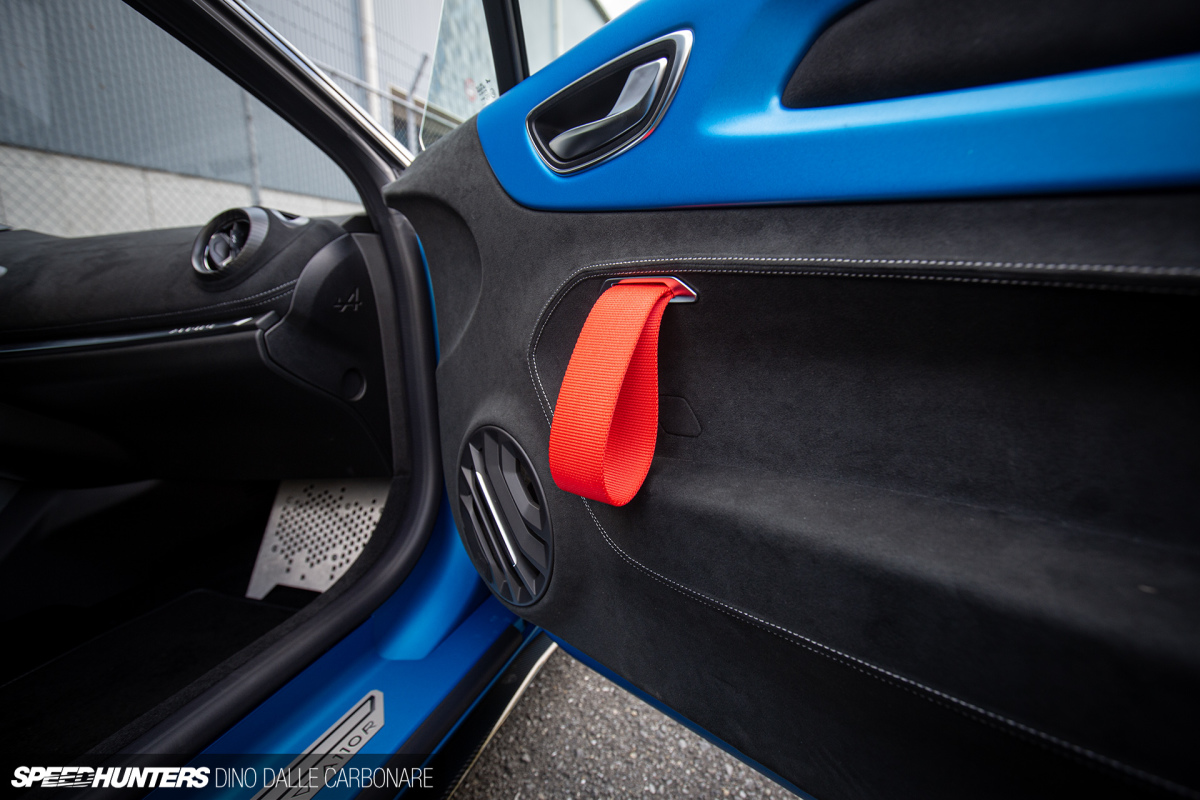
But once you’re done, give the red door strap a pull and you are ready to go!
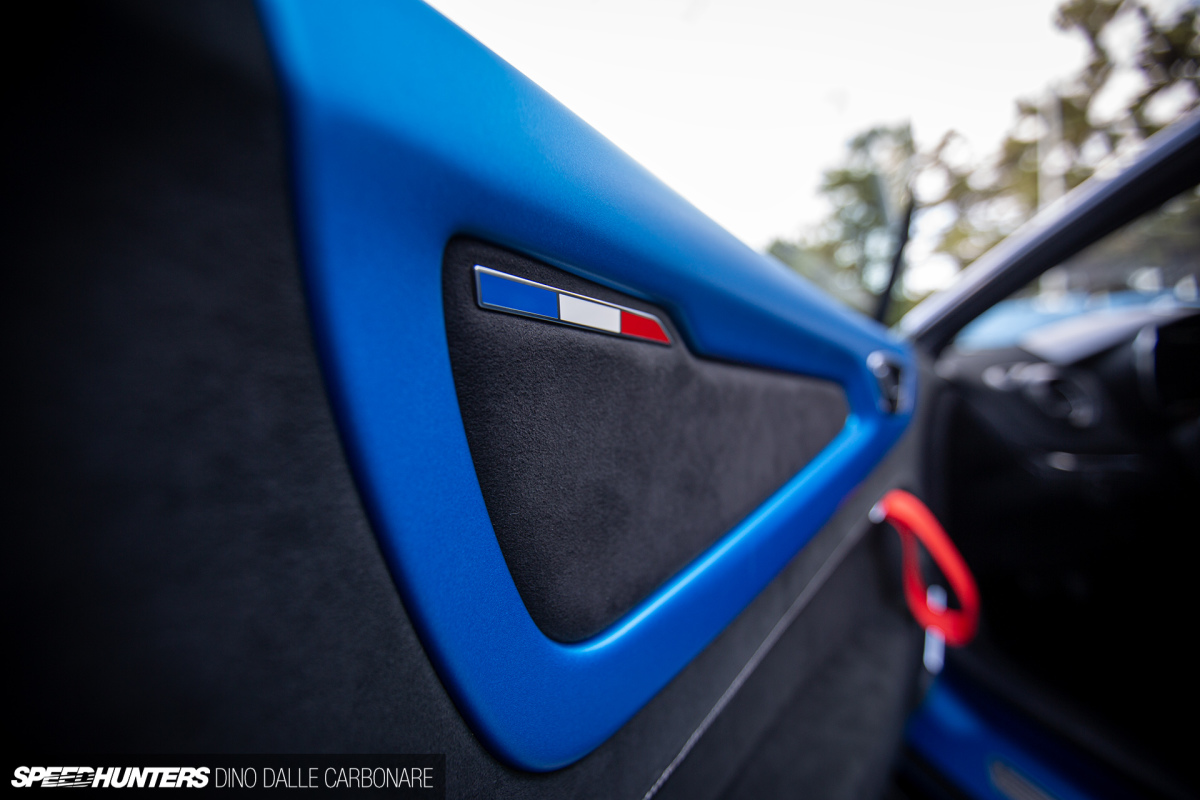
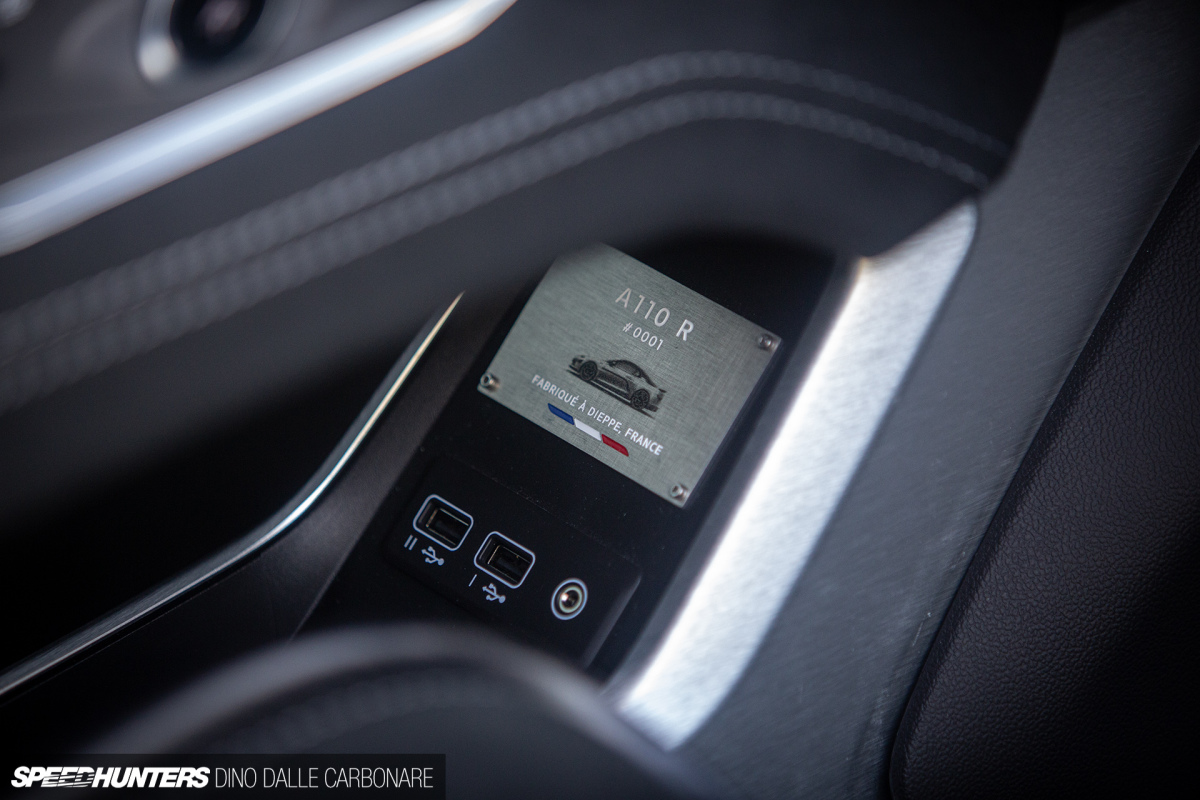
Each A110 R is numbered, and the car sent to Japan for the model’s launch is #0001.
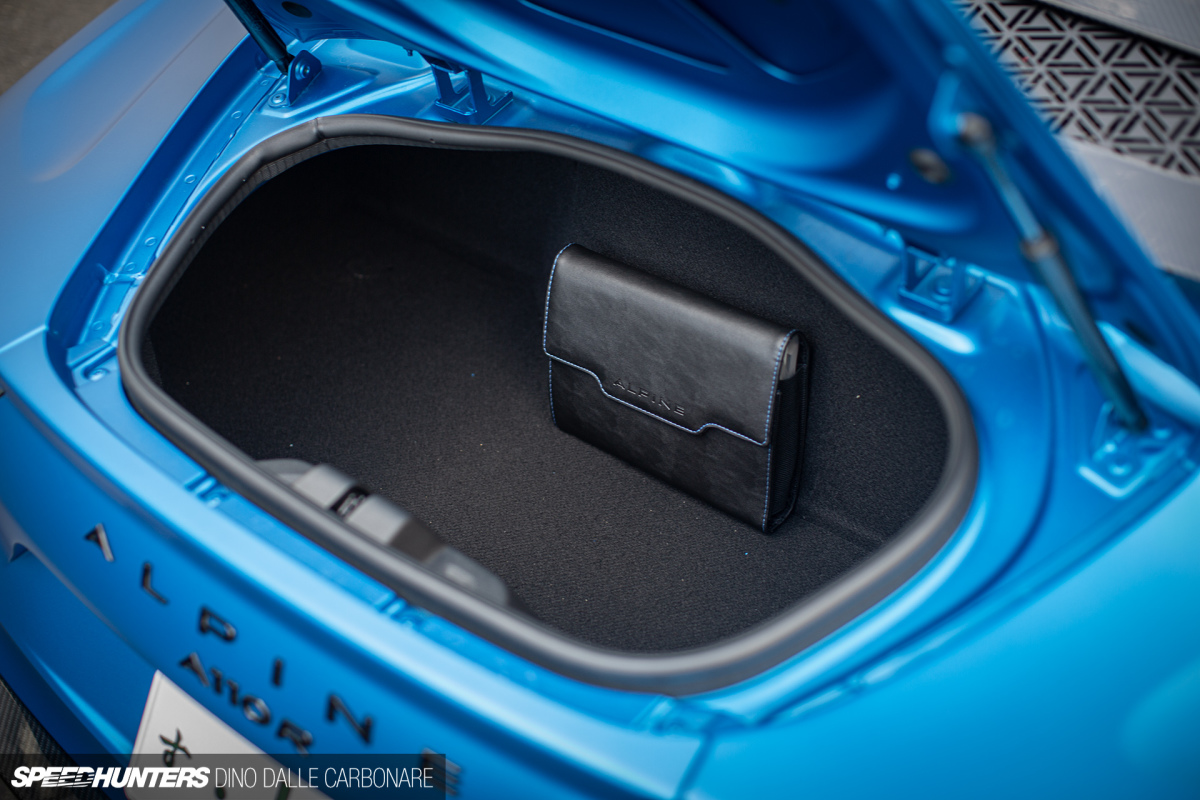
In case you’re wondering, there is also a decently-sized trunk at the back. It’s big enough to pack away your helmet, race suit and any other small bits and pieces you’d like to bring along to a weekend track day session.
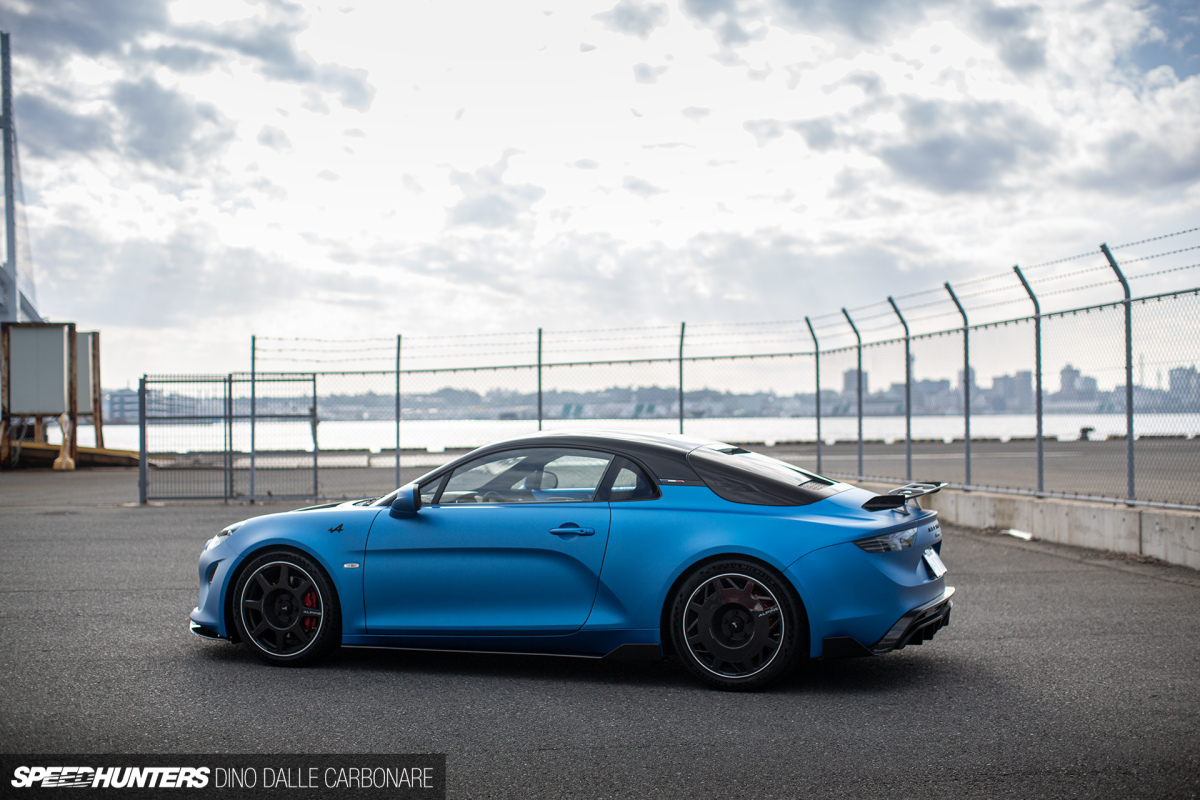
Today, December 1, 2022, the A110 R officially goes on sale. I can’t wait to sample this car through the turns of Hakone and across some even tighter and more technical touge.
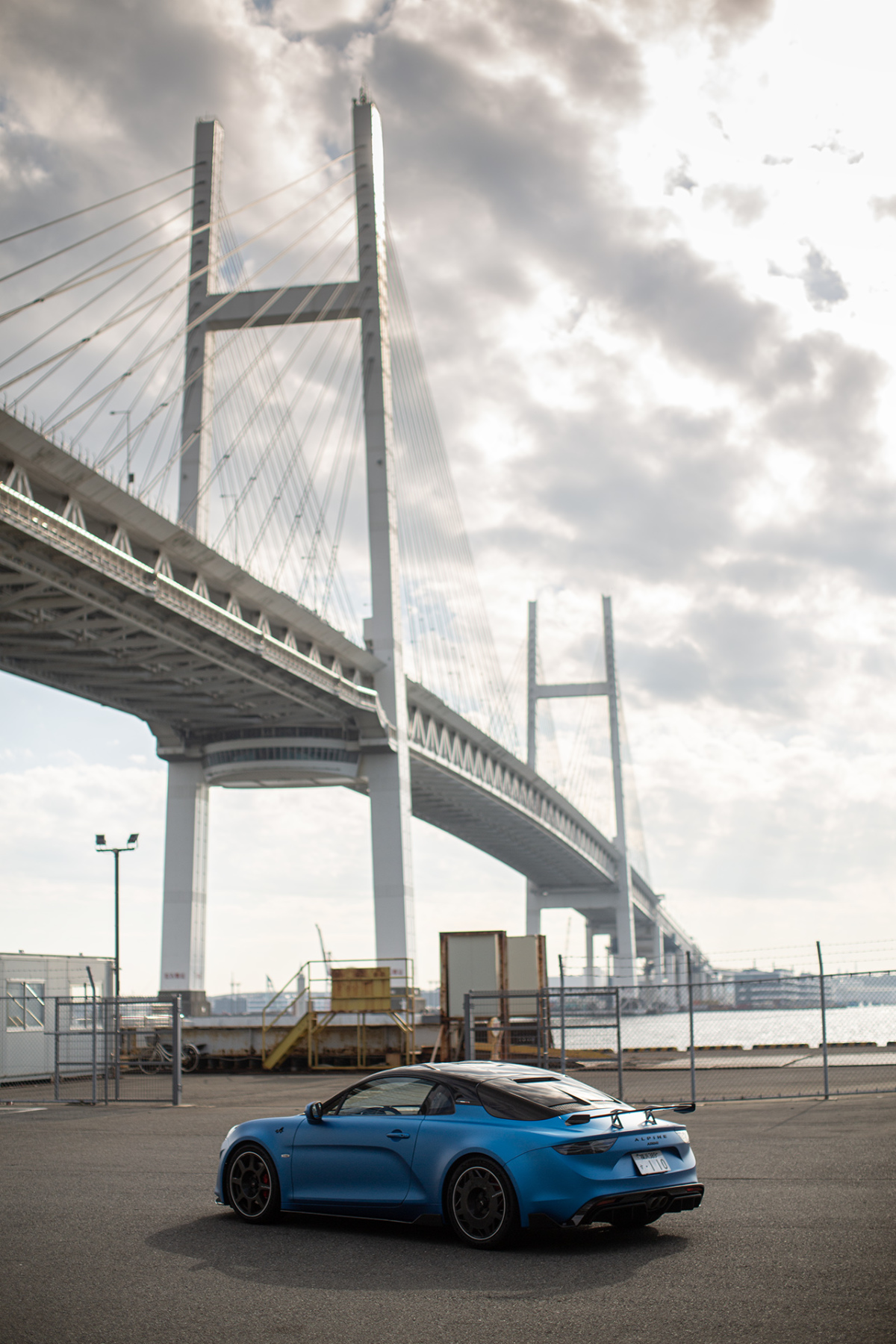
I’ve felt what it’s capable of, and the sheer lateral grip the A110 R generates around corners is insane. It shows just how beneficial removing weight from a car – and in all the right places – can be.
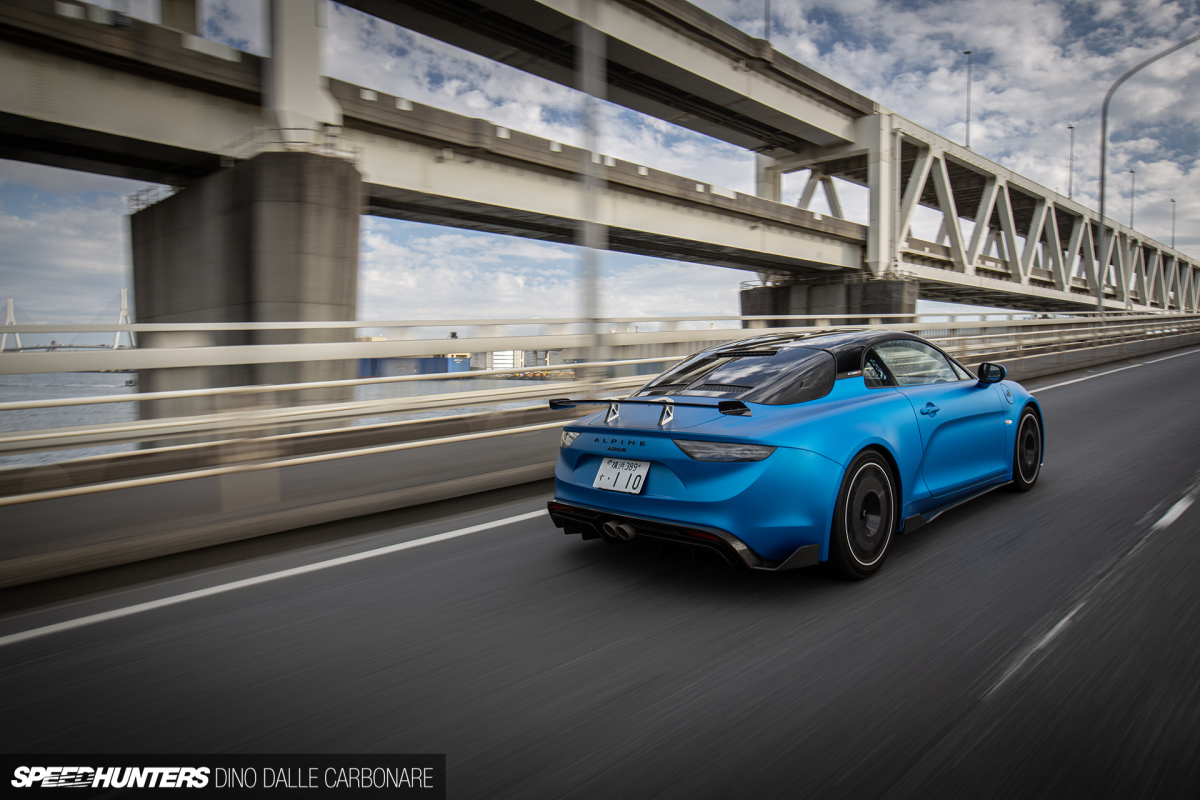
These are the type of cars that keep the pleasure of driving alive. More of this sort of thing please, Alpine. Très bien!
Dino Dalle Carbonare
Instagram: dino_dalle_carbonare
dino@speedhunters.com


